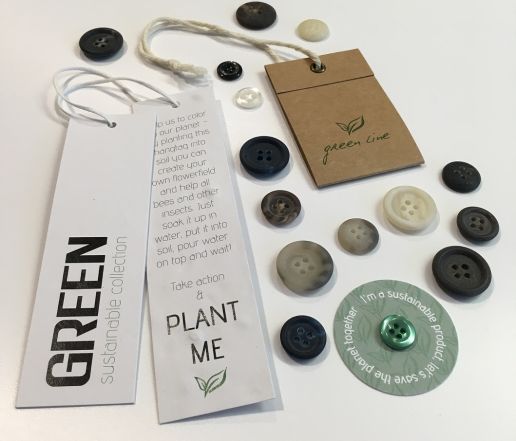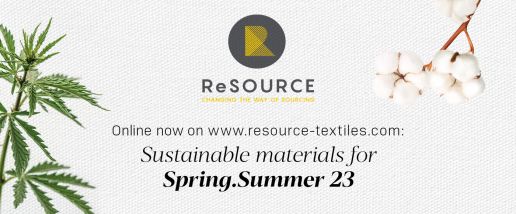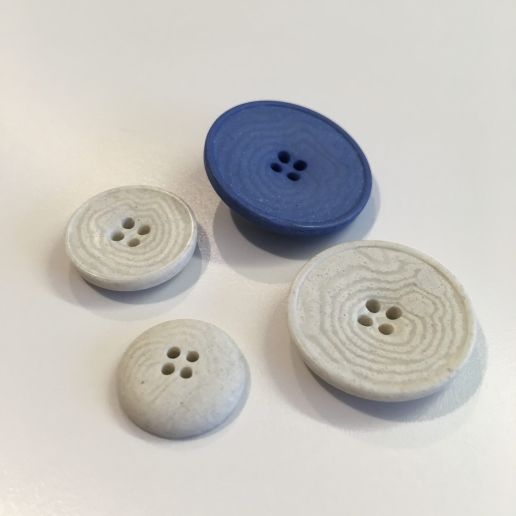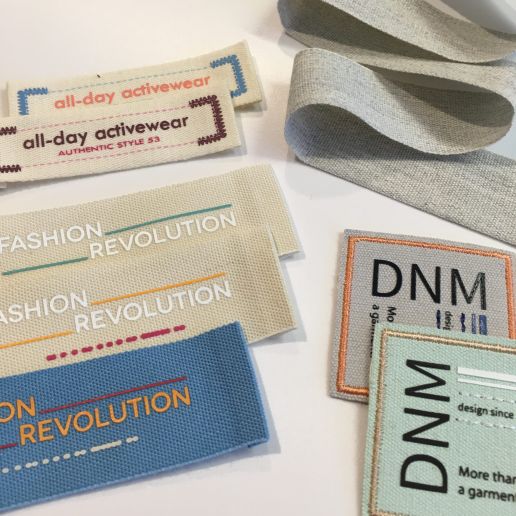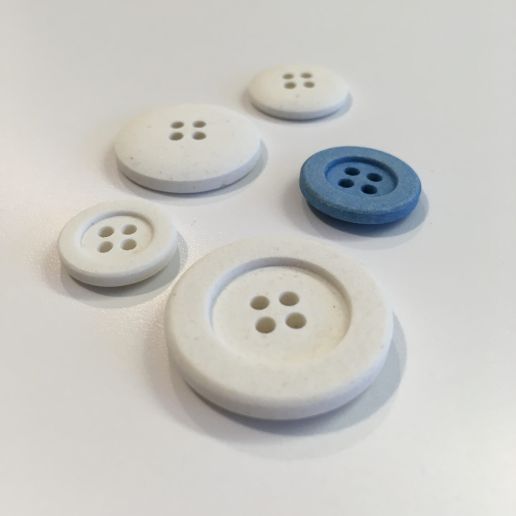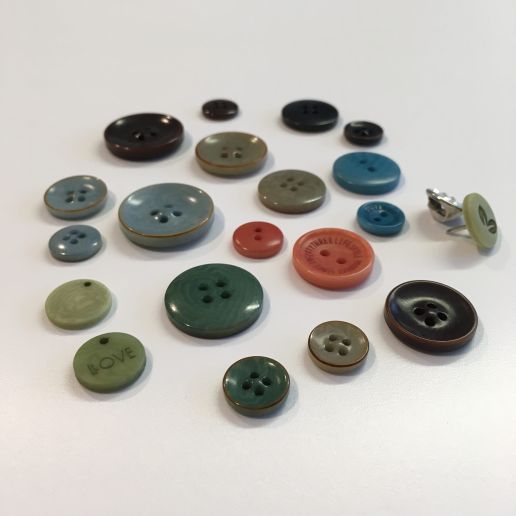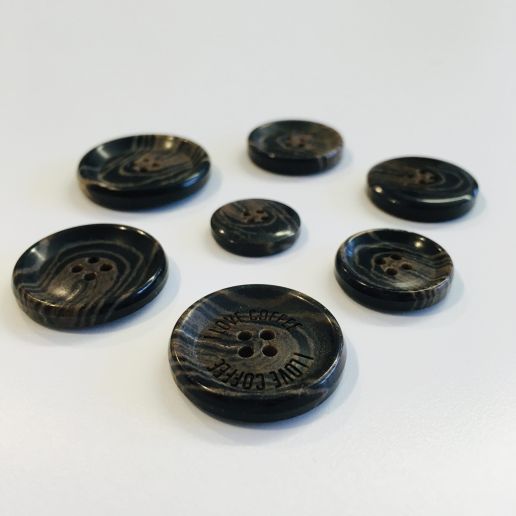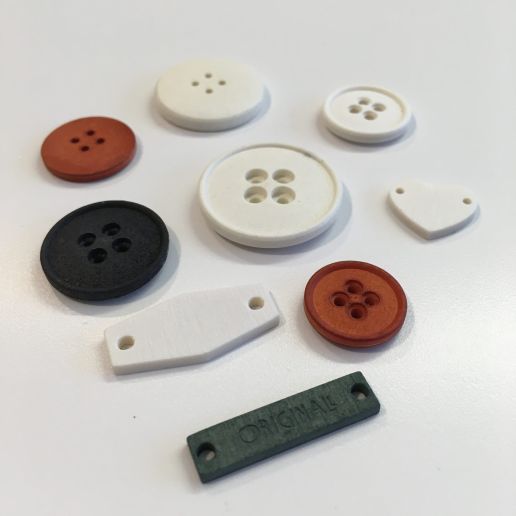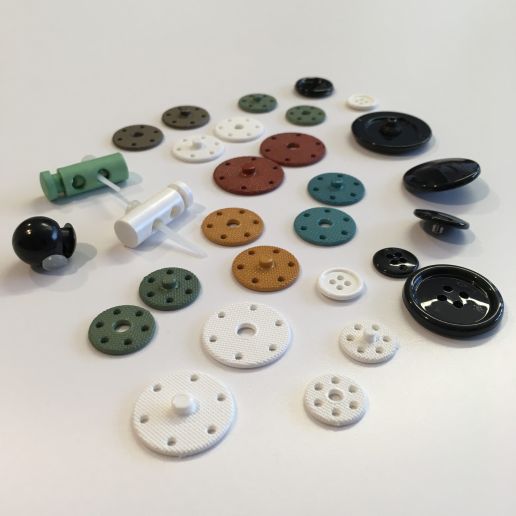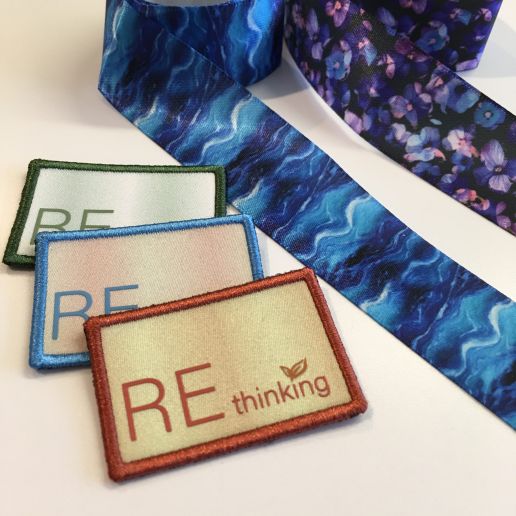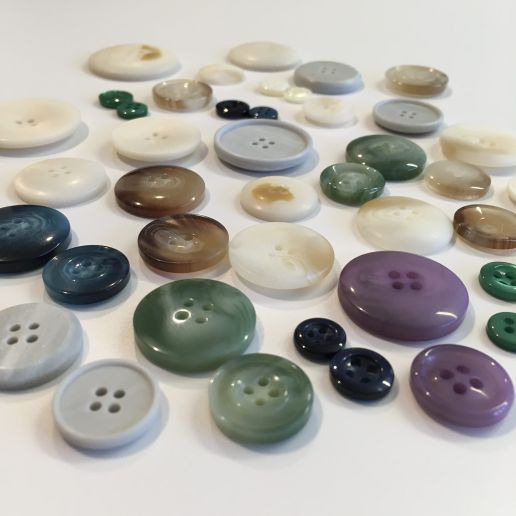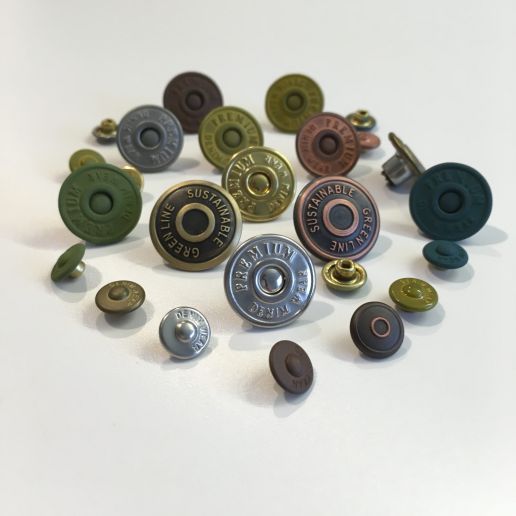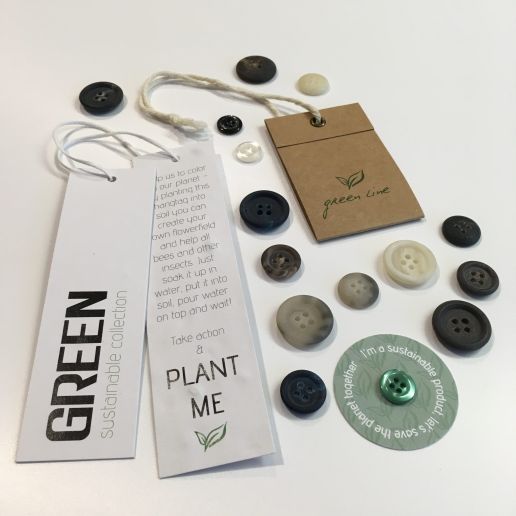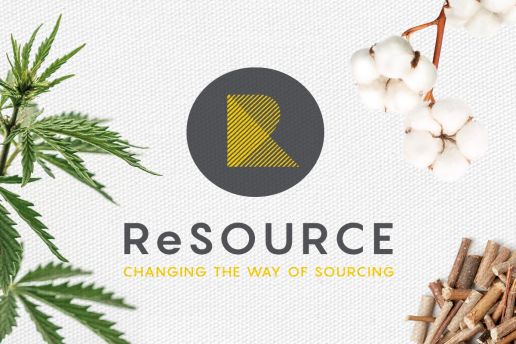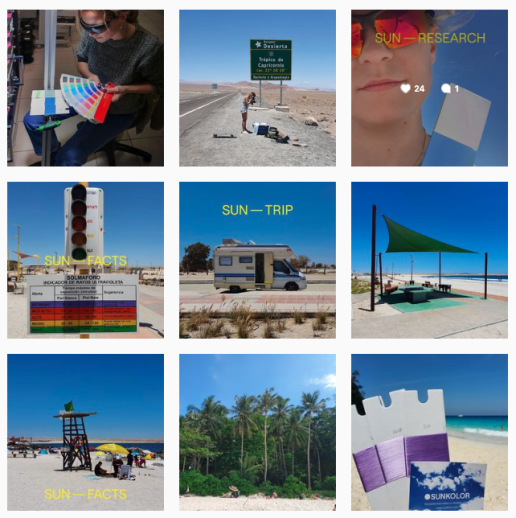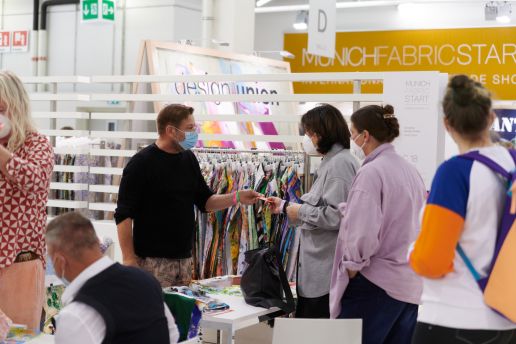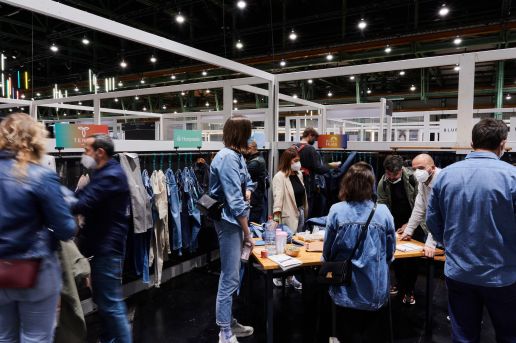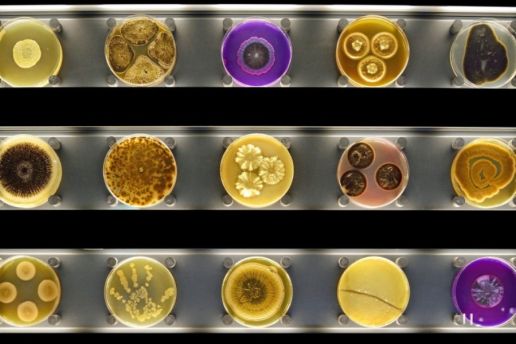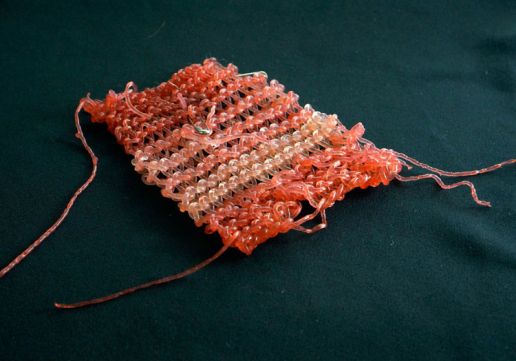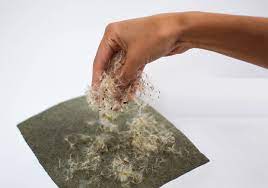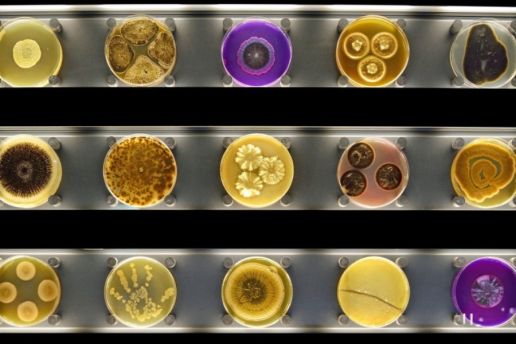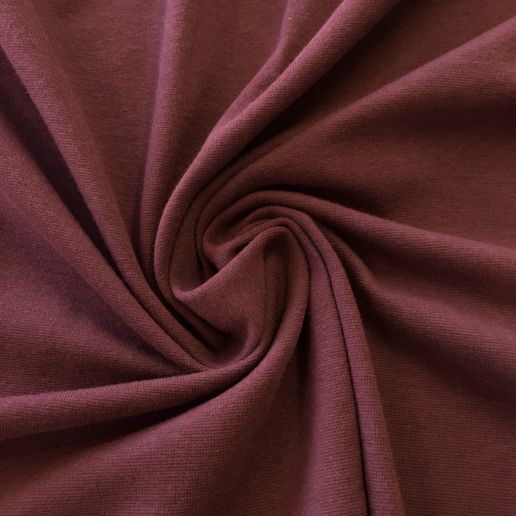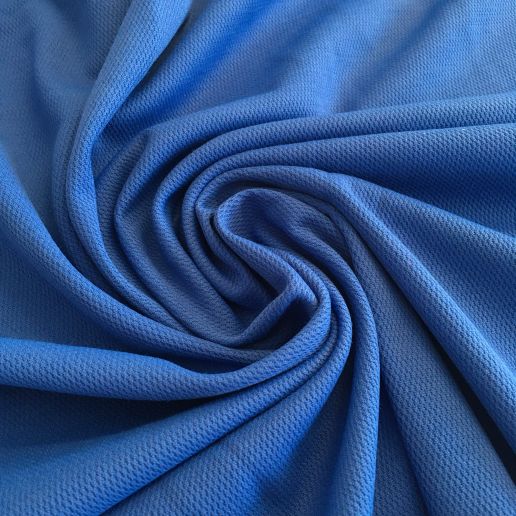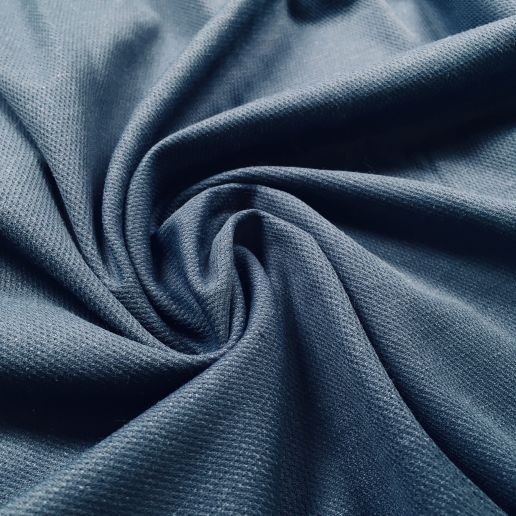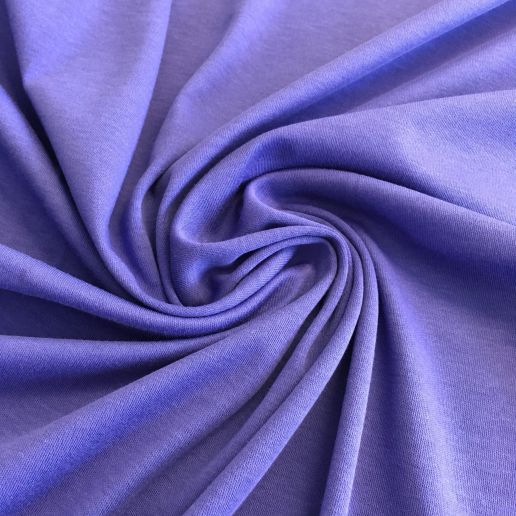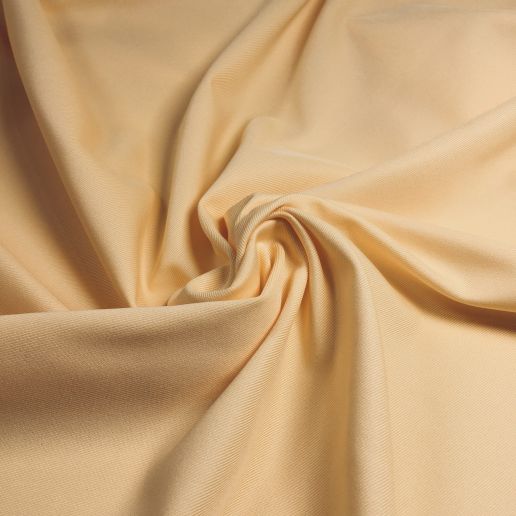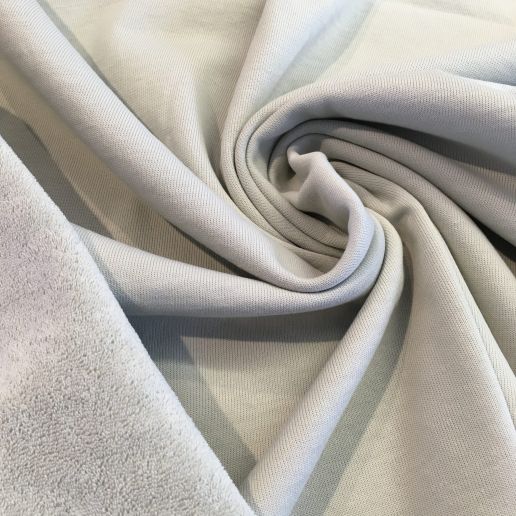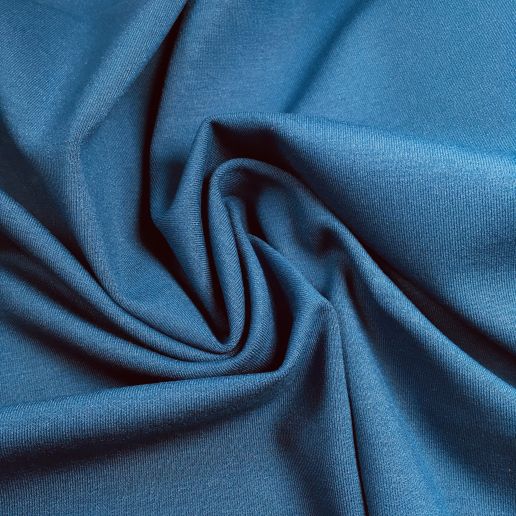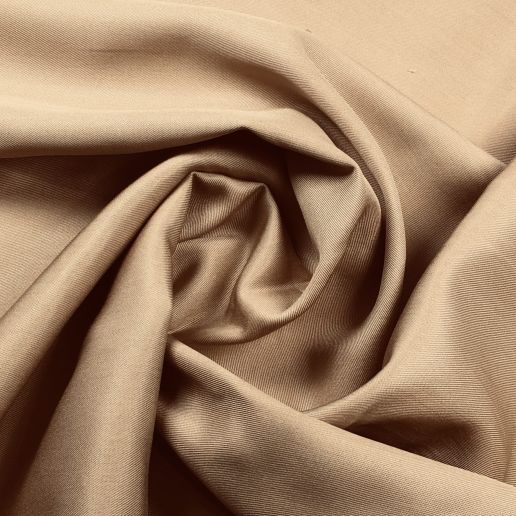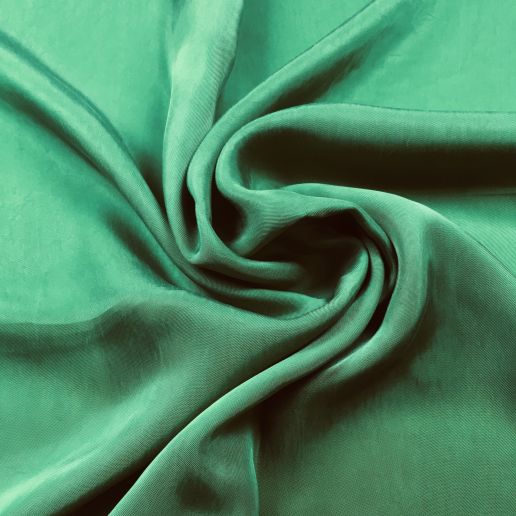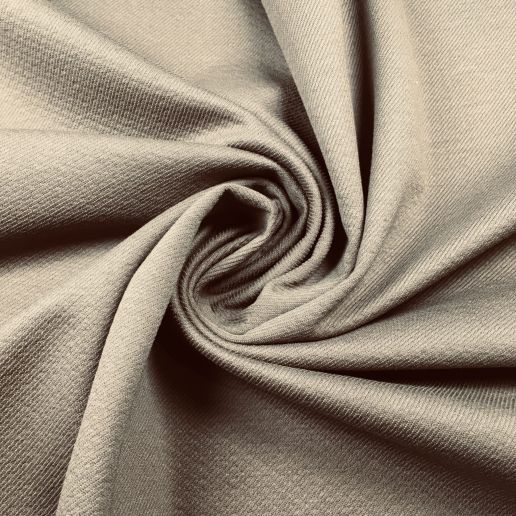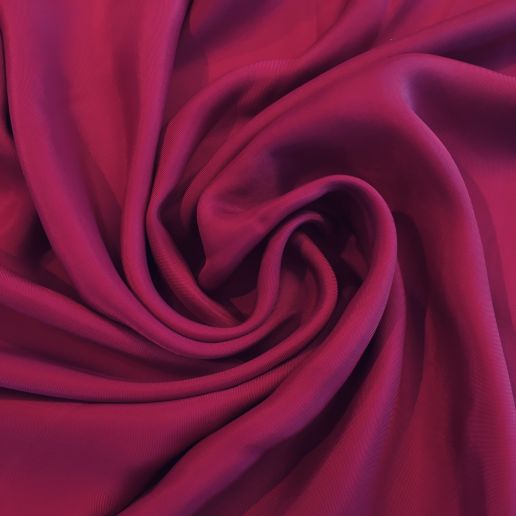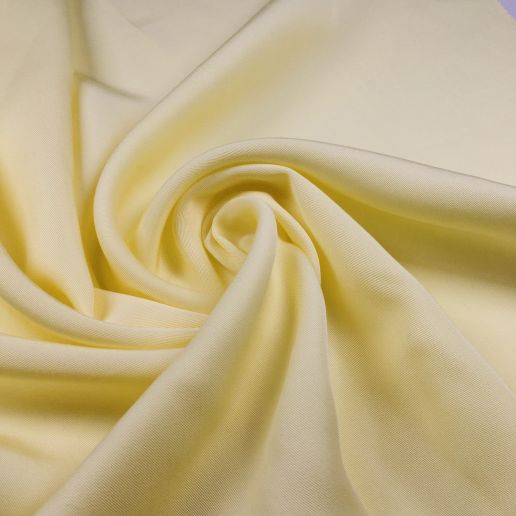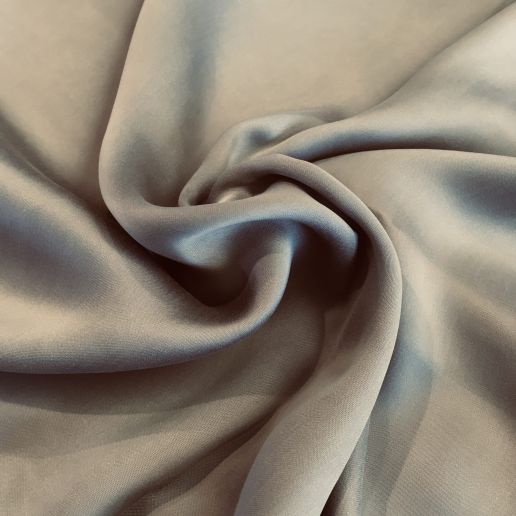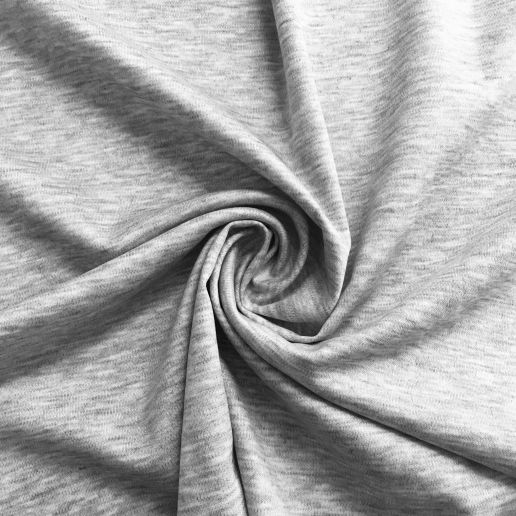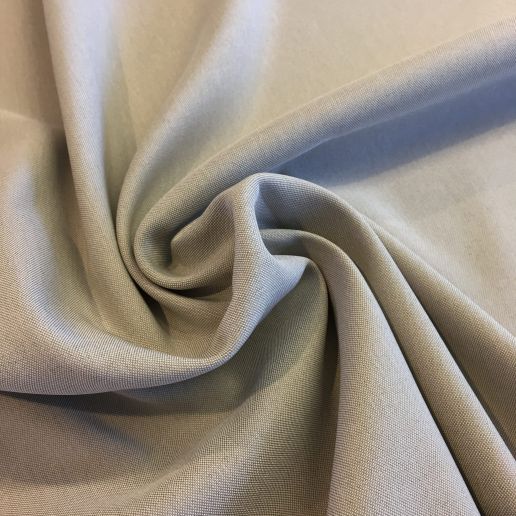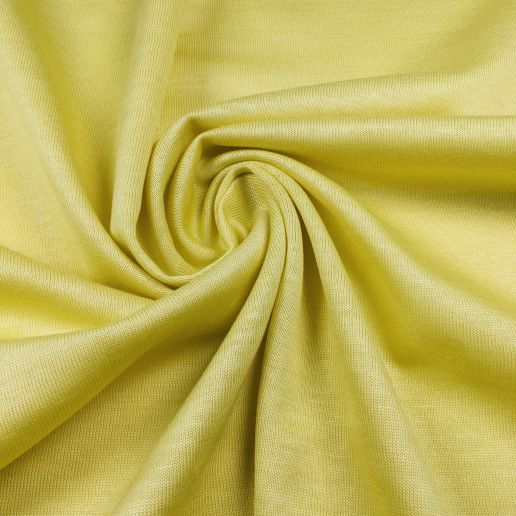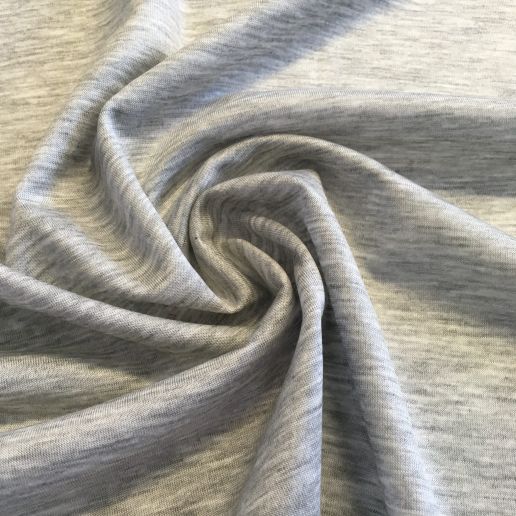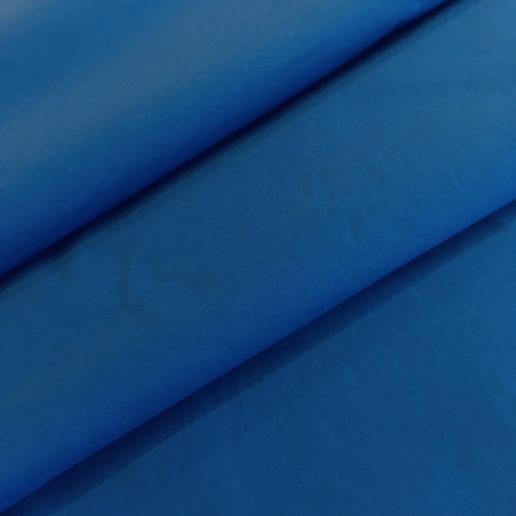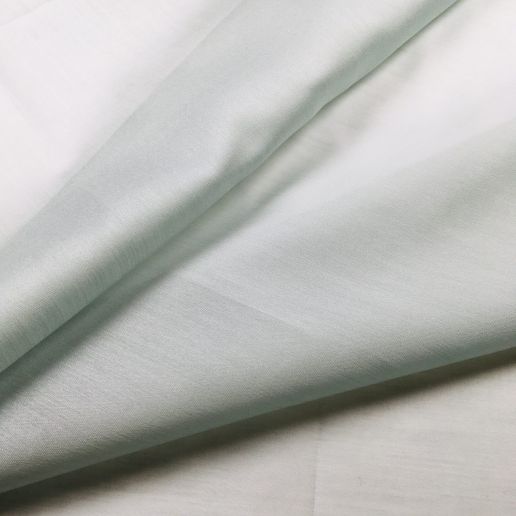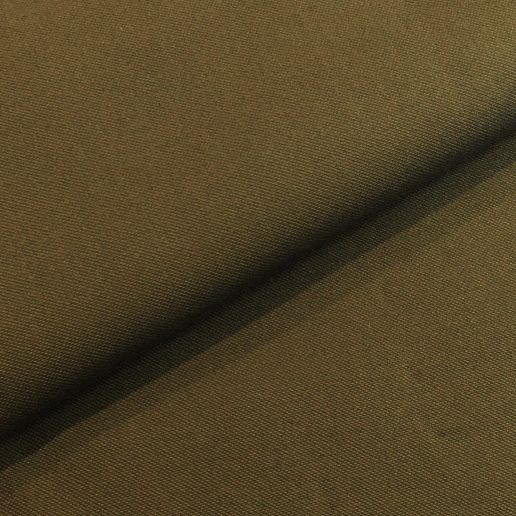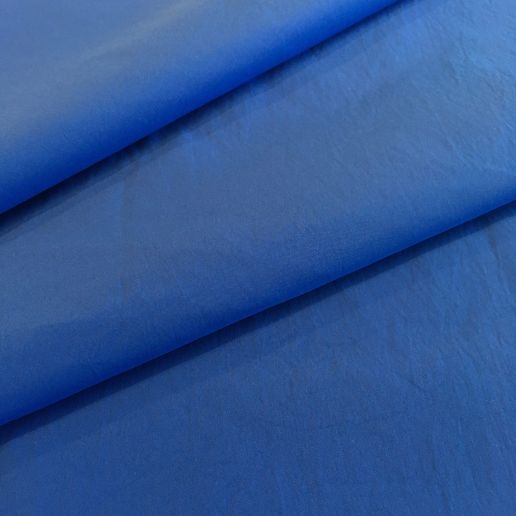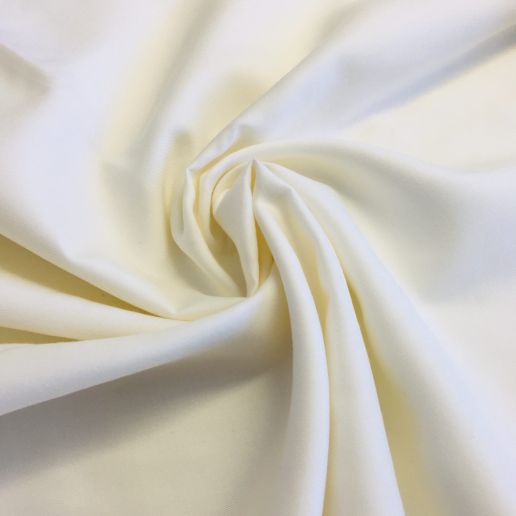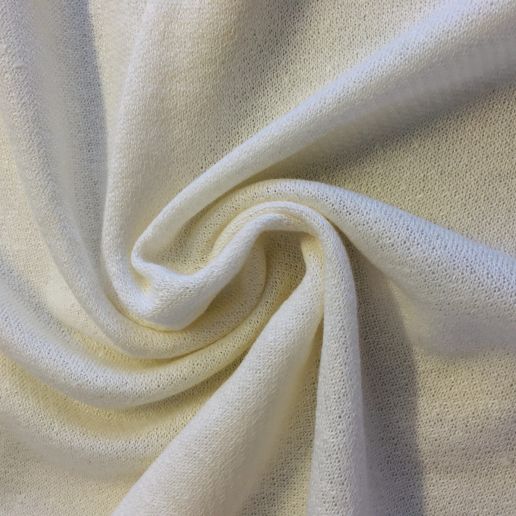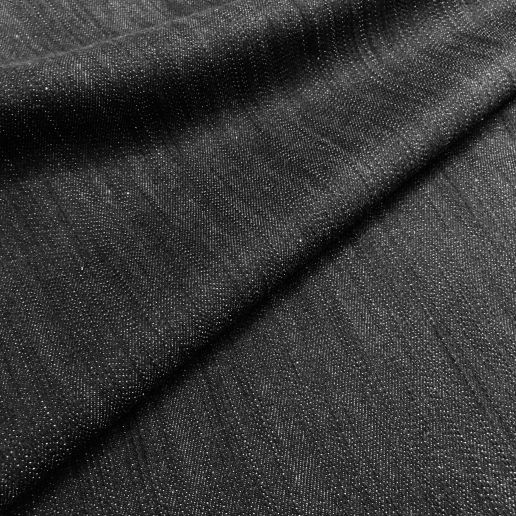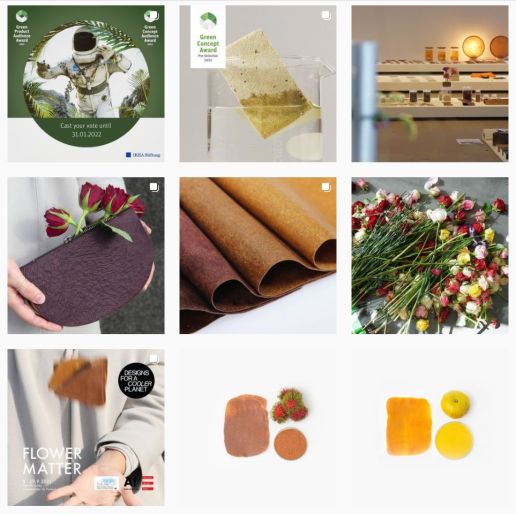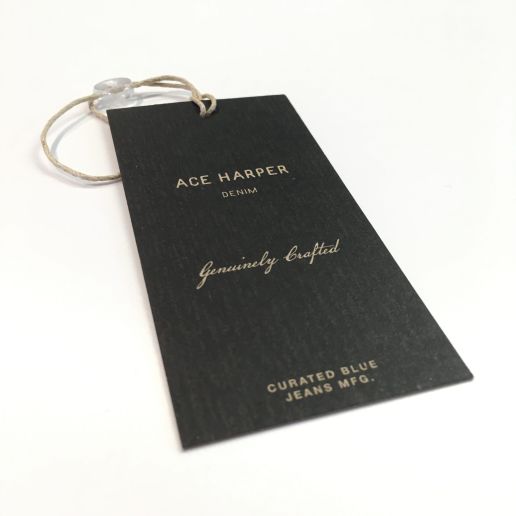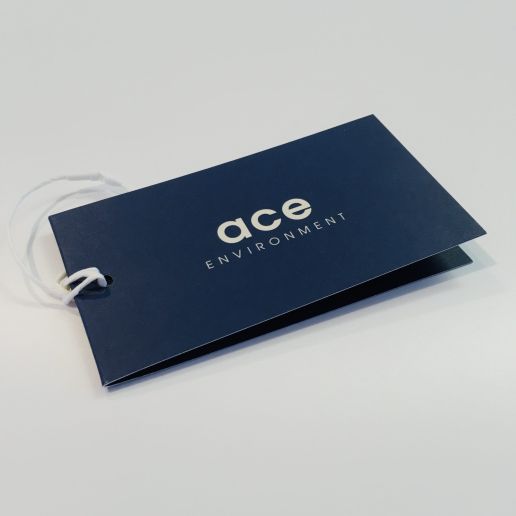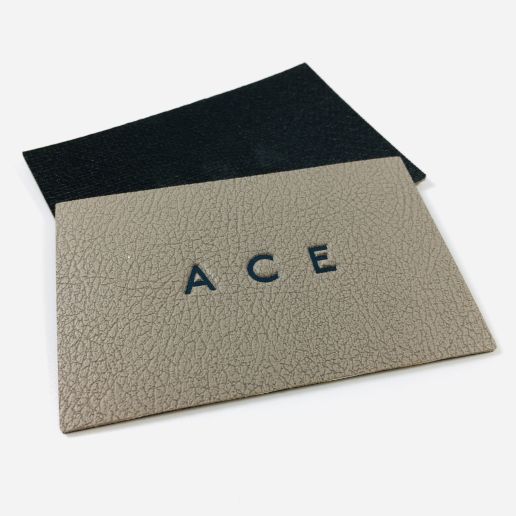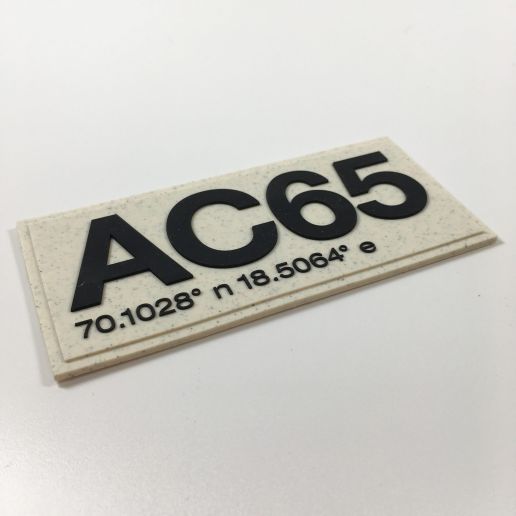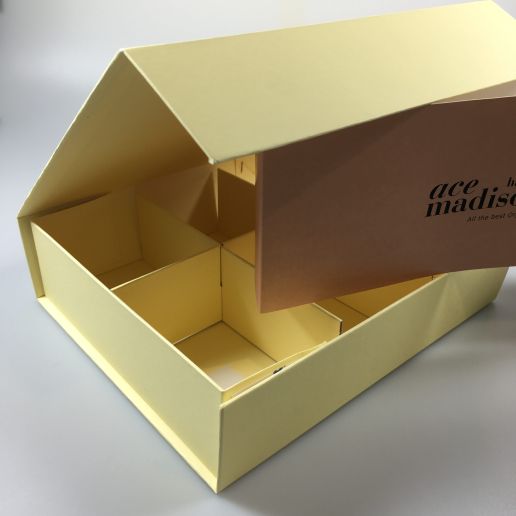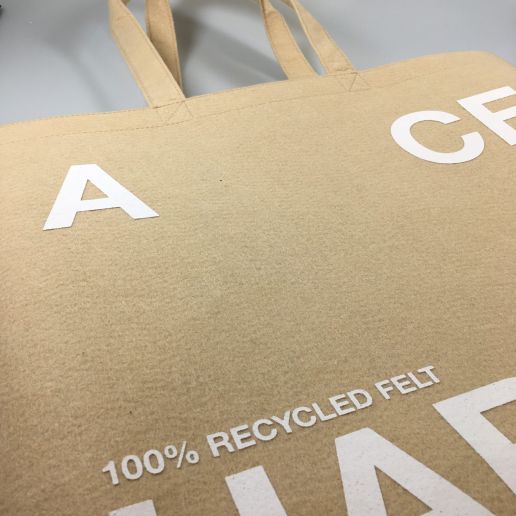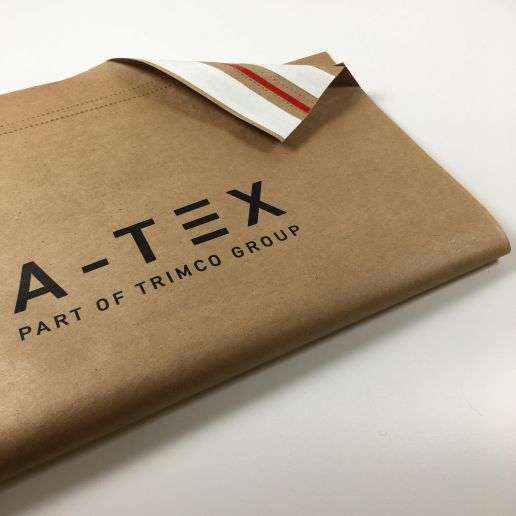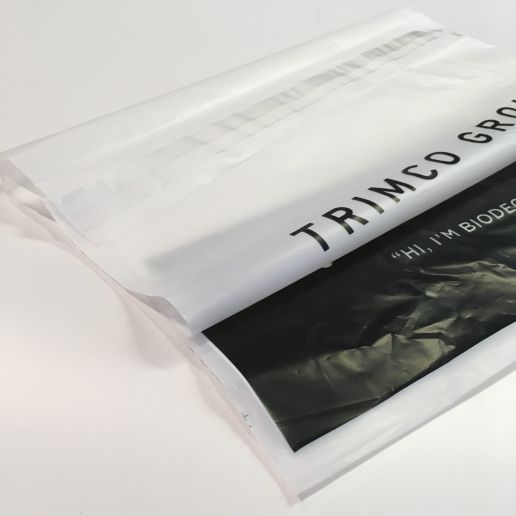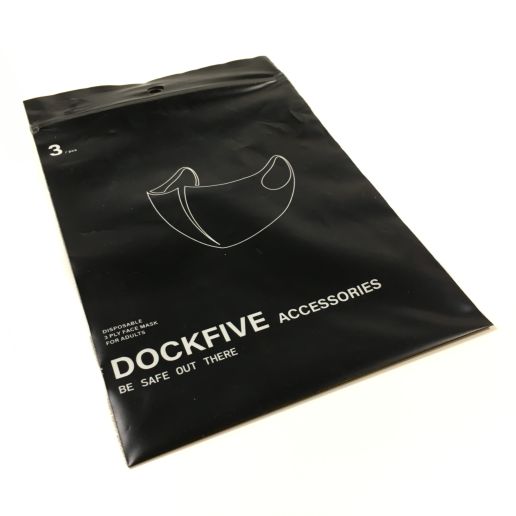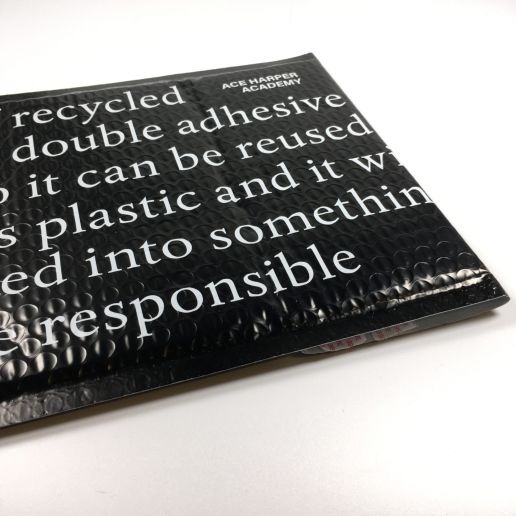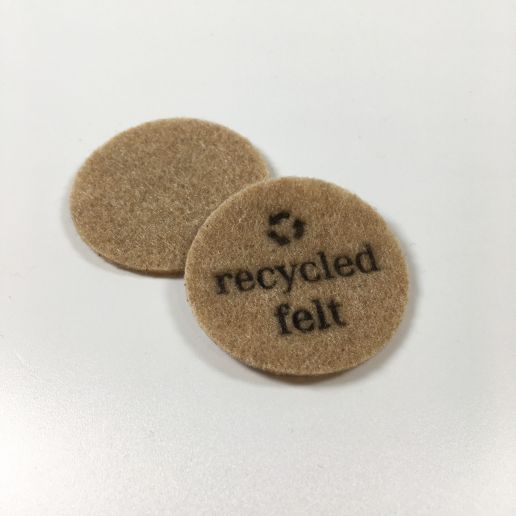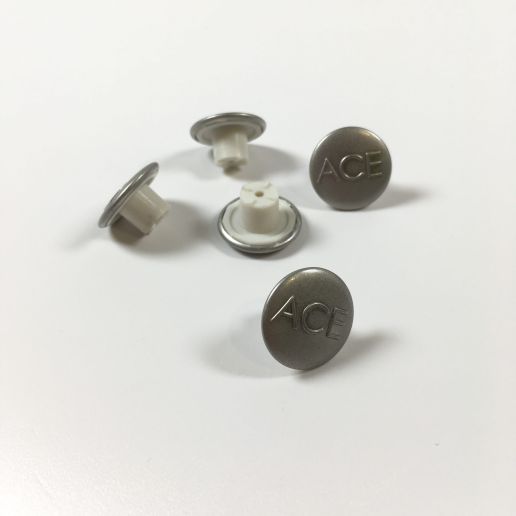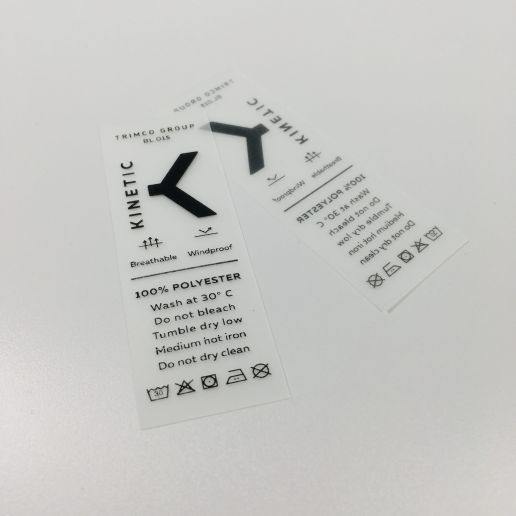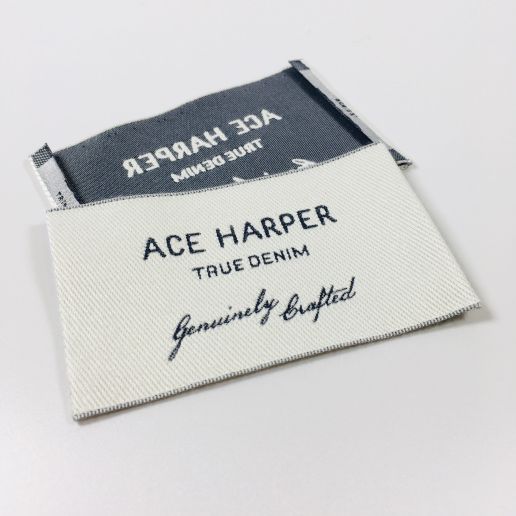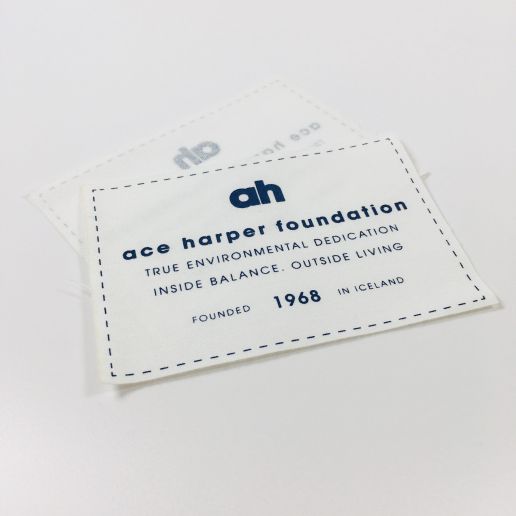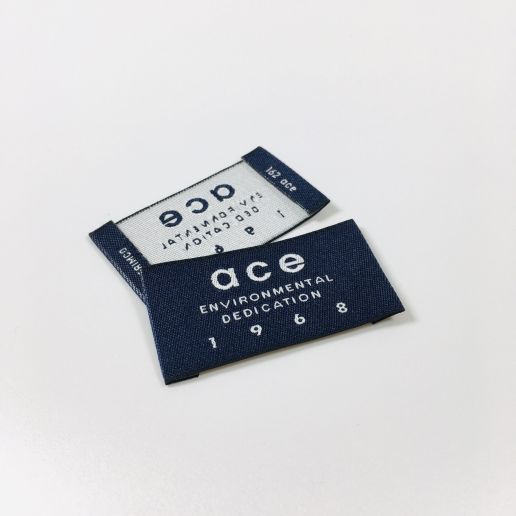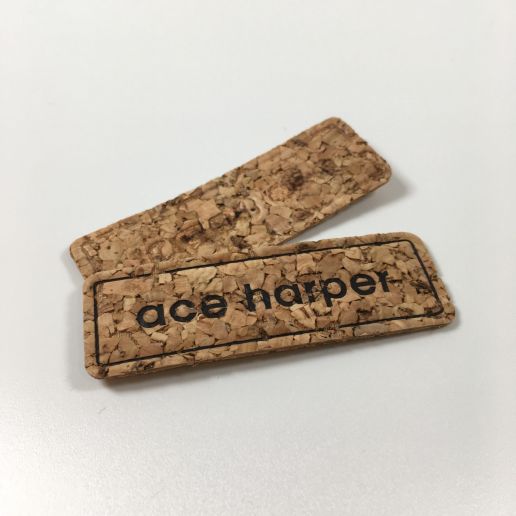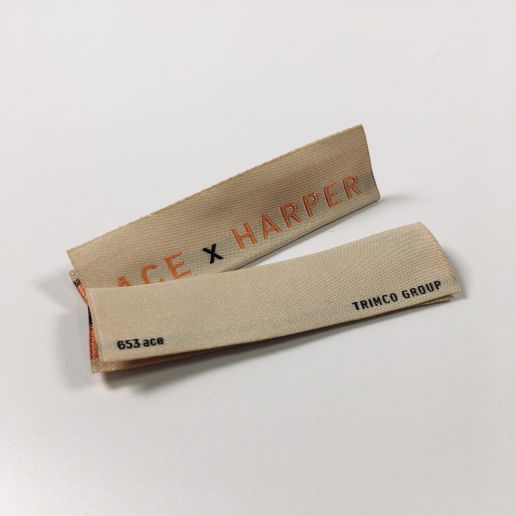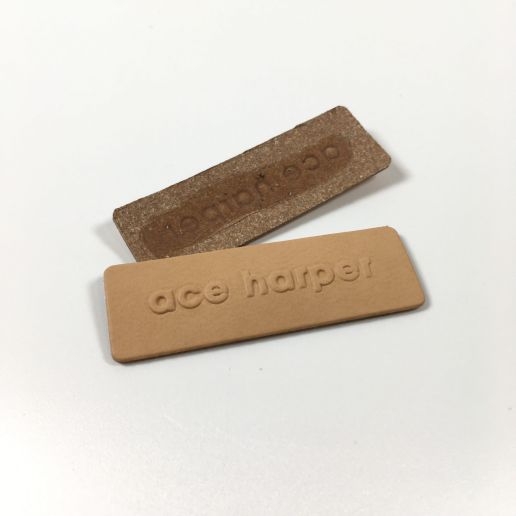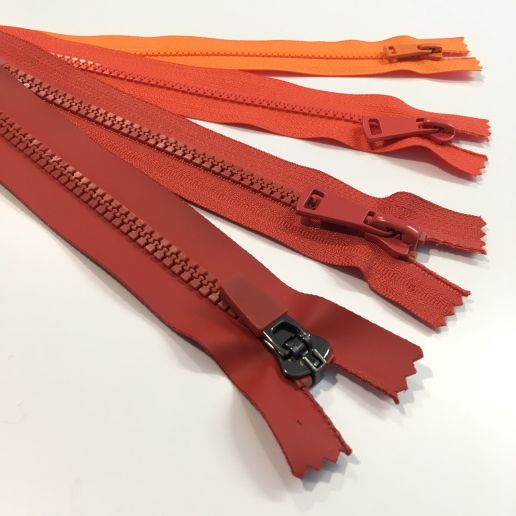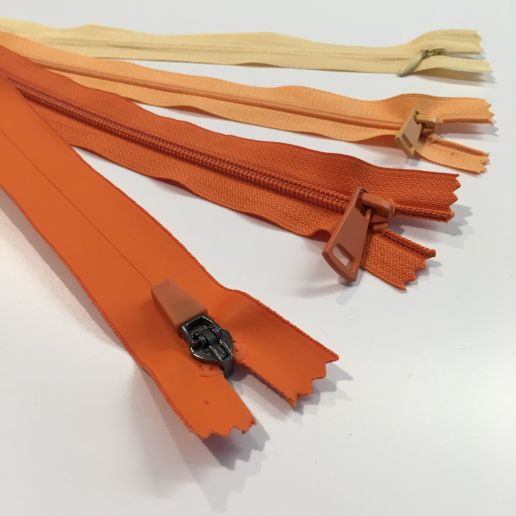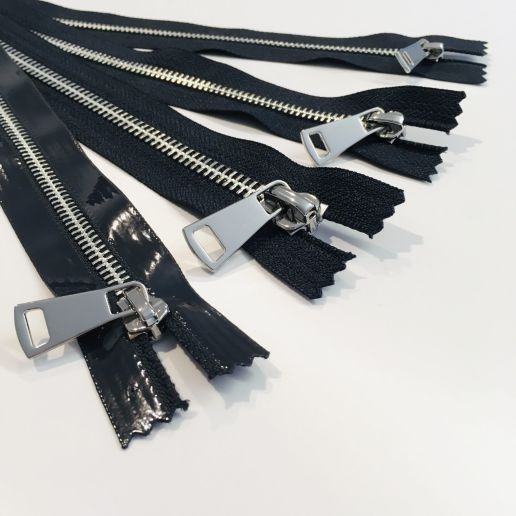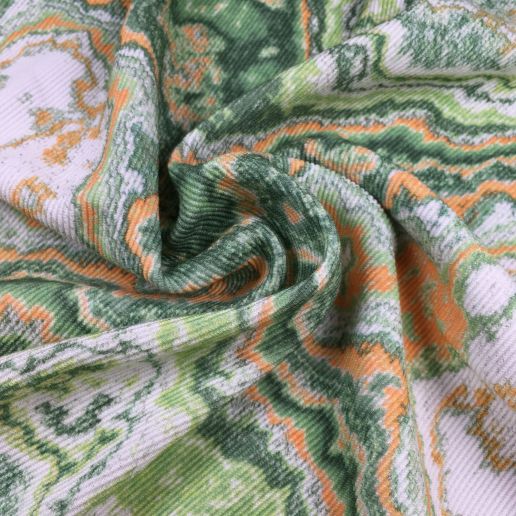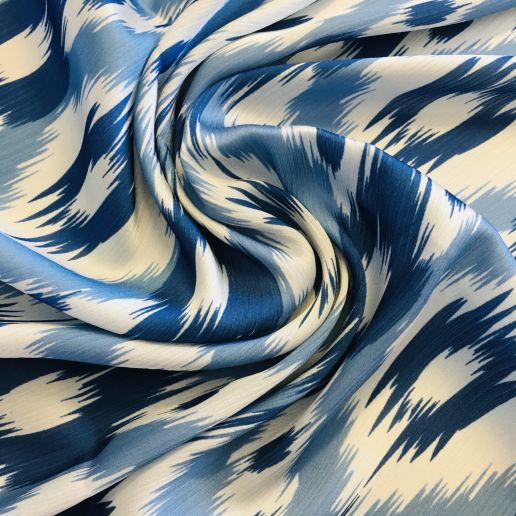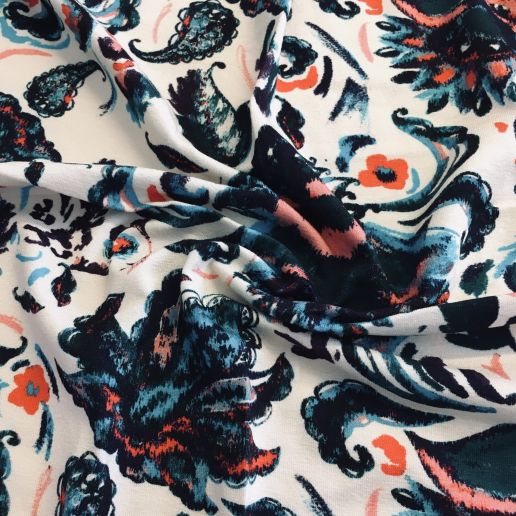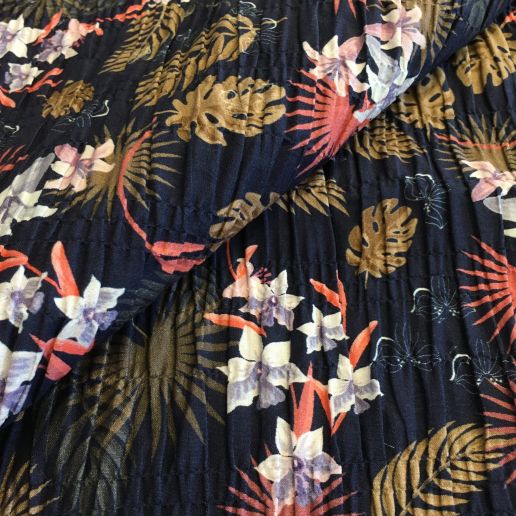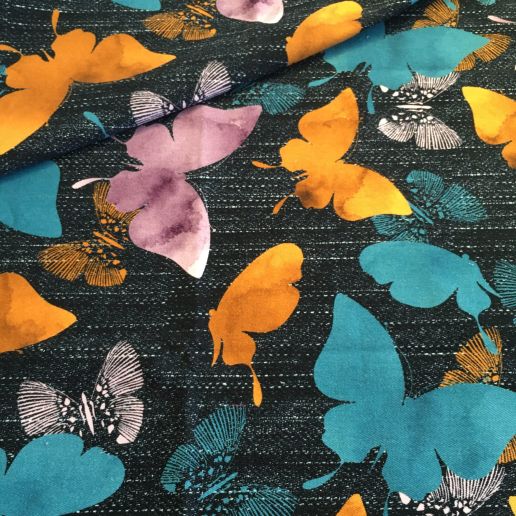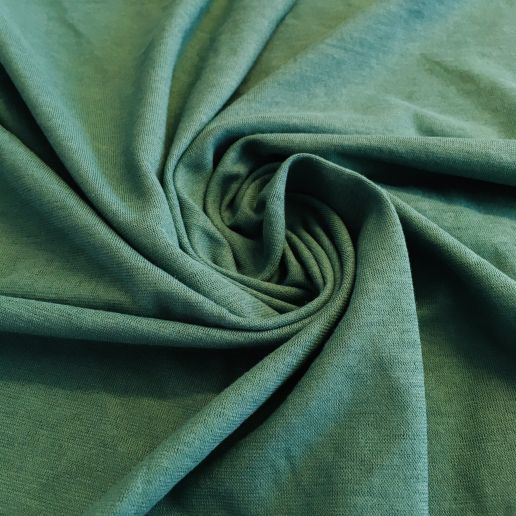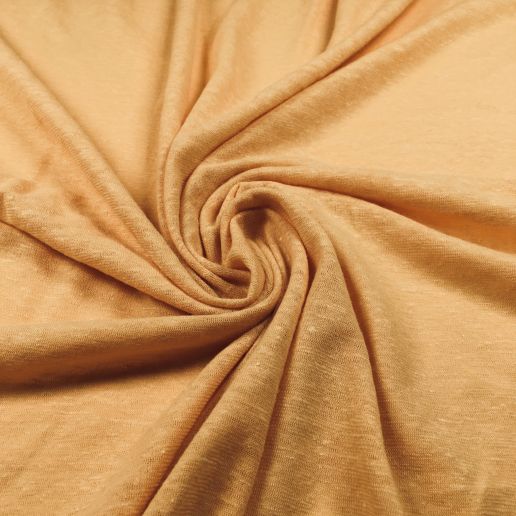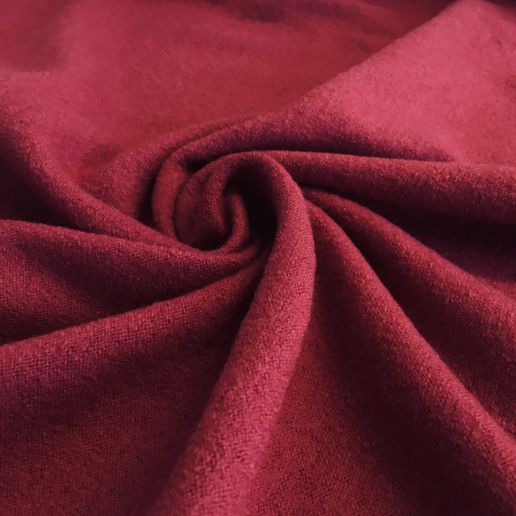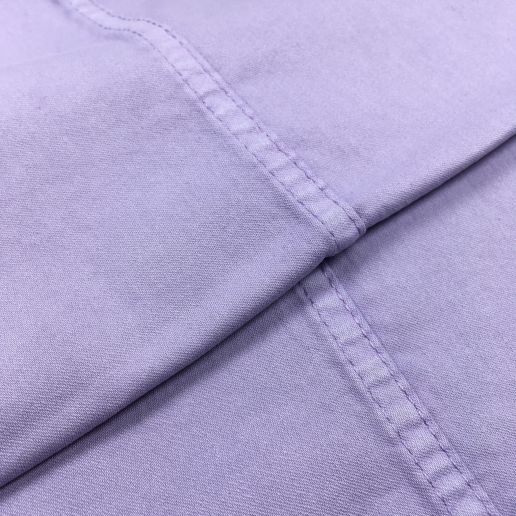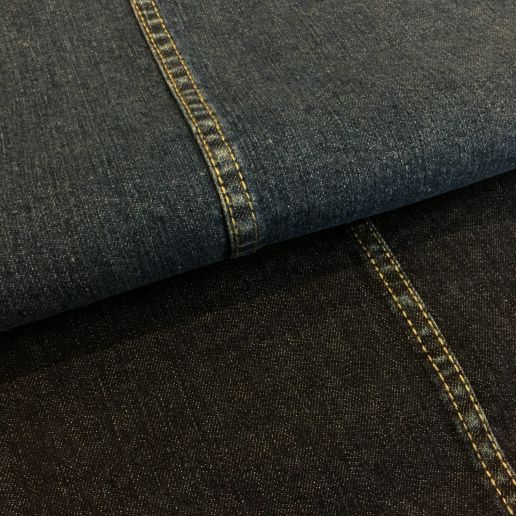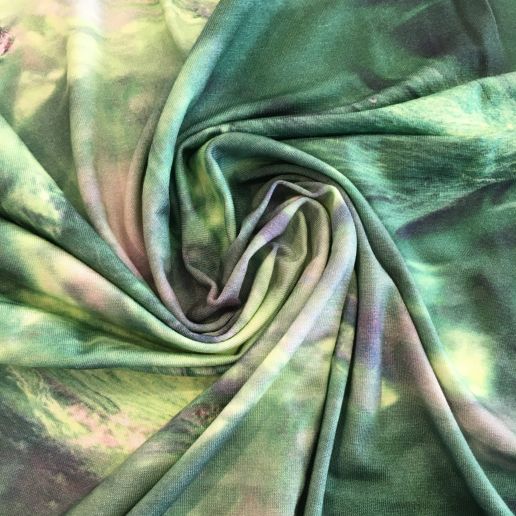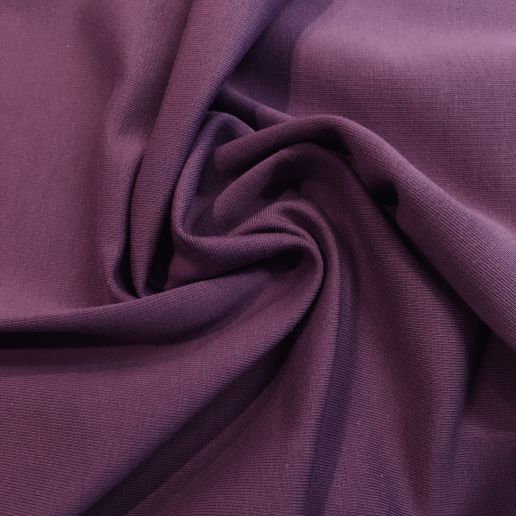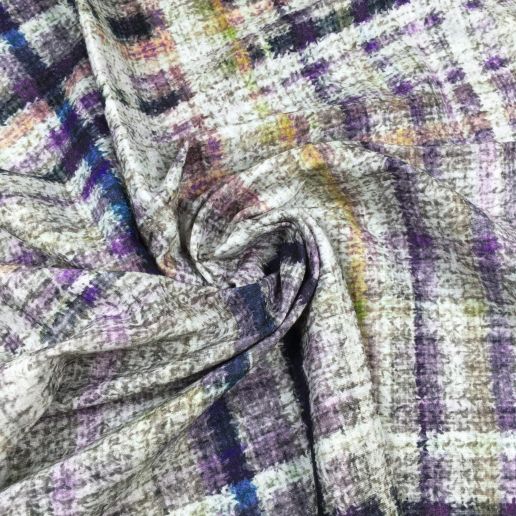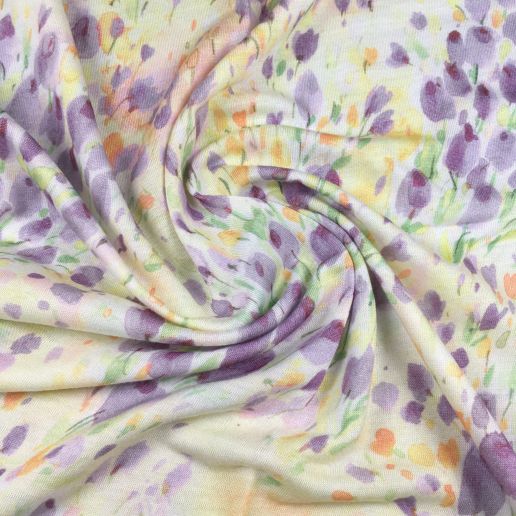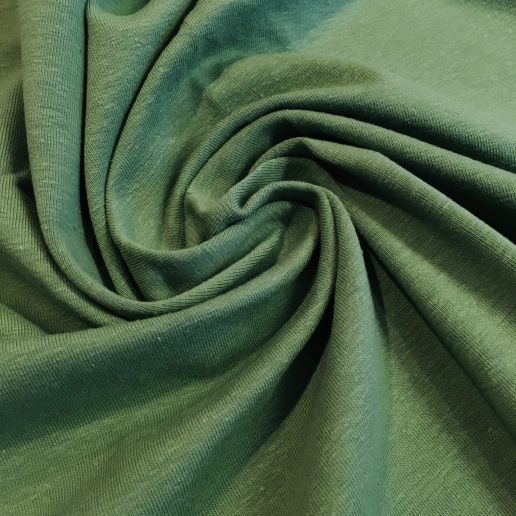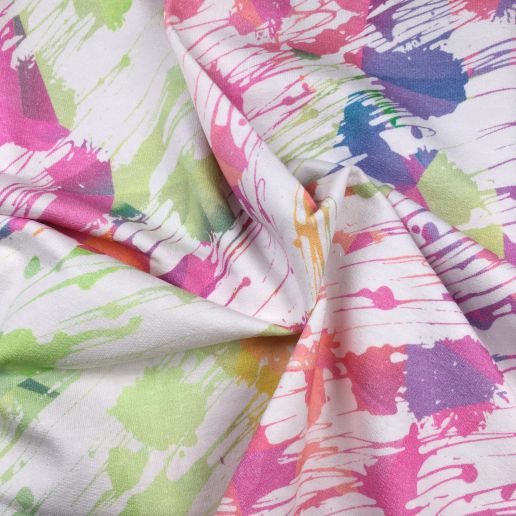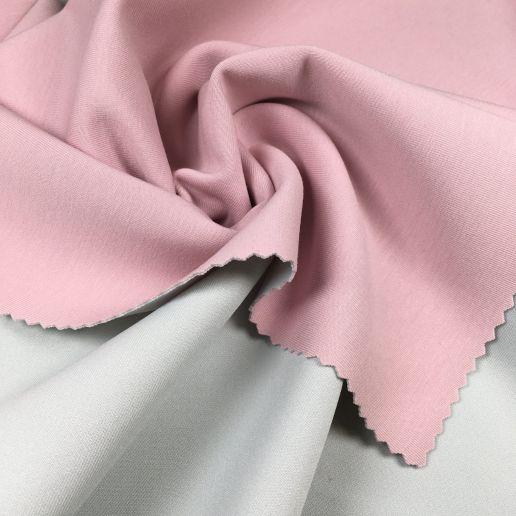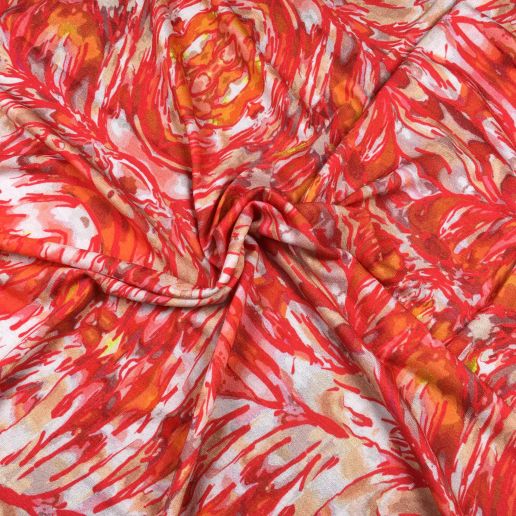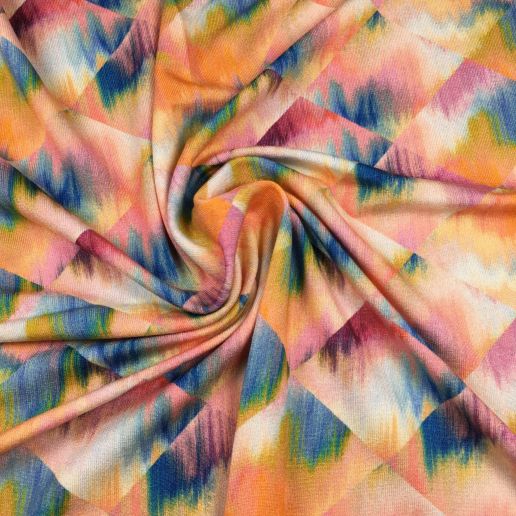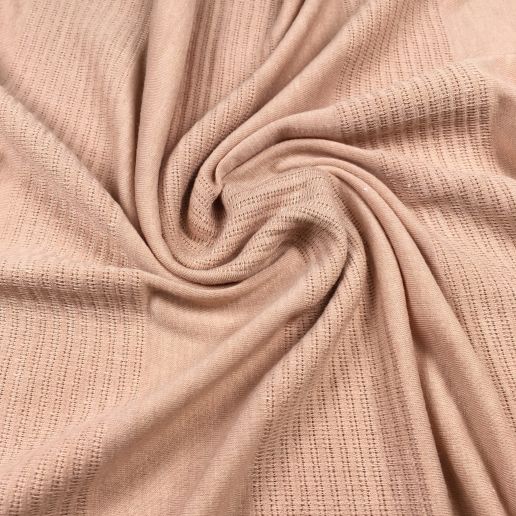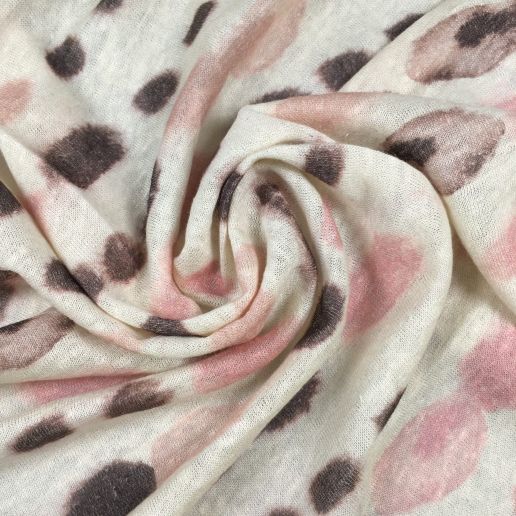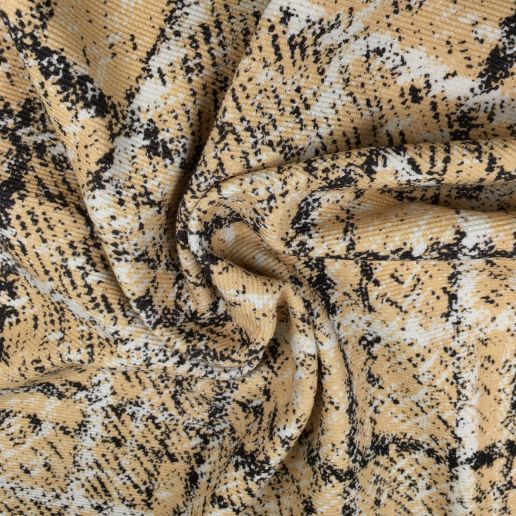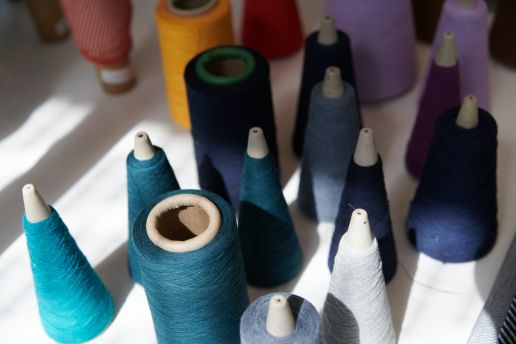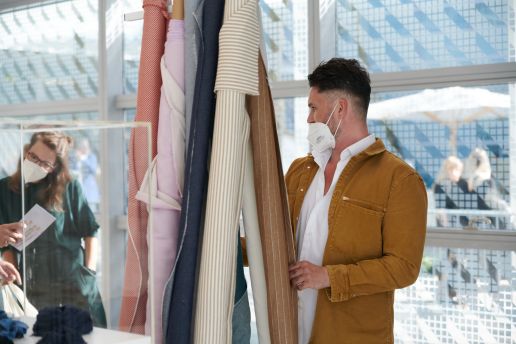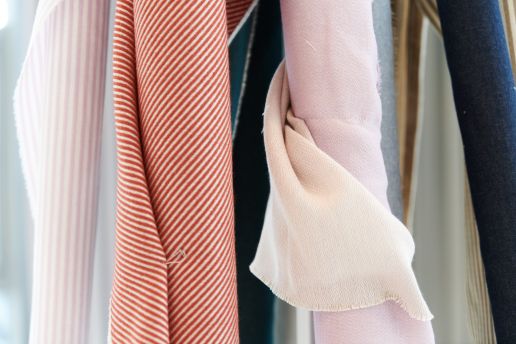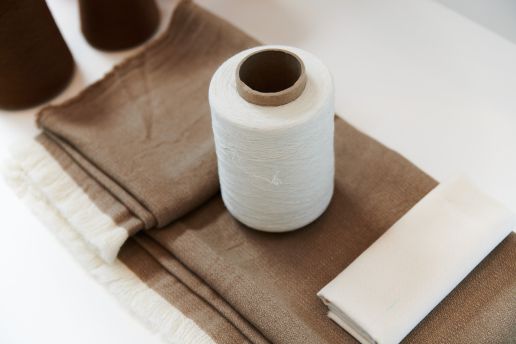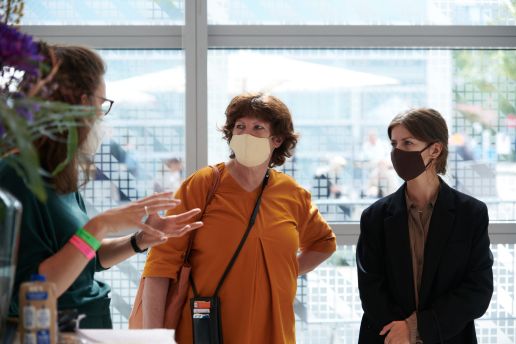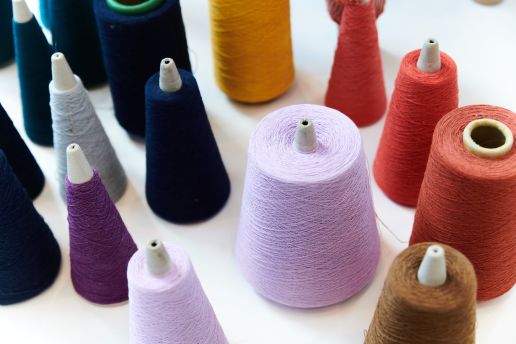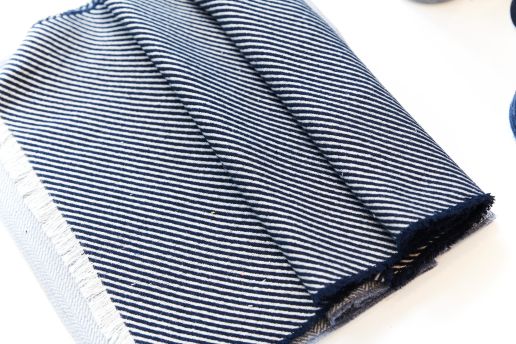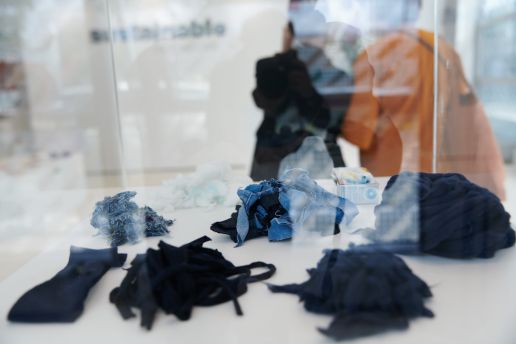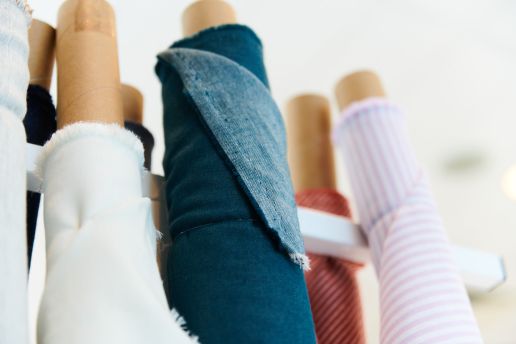Sustainability
Futuristic ReSOURCE Additionals count on biobased alternatives & natural colouring
ReSOURCE is the sourcing platform for environmentally friendly and responsibly produced textiles, clothing and accessories. Search, discover and connect – all in one place. Source sustainable materials online anytime www.resource-textiles.com
More than 180 new ReSOURCE materials are presented from the Spring.Summer 23 season – together with the samples from the Autumn.Winter 22/23 season, more than 560 innovative fabrics & additionals from 87 companies are now being presented to you in our manufacturer and material search.
It is the biobased alternatives, pollution free finishings, recycled materials and innovative colouring through natural sources like coffee grounds that make the newest trims and accessories as futuristic as they are. We present you the Spring.Summer 23 developments you shouldn’t miss of our ReSOURCE Additionals exhibitors
- Bodo Jagdberg GmbH
- Bornemann-Etiketten GmbH
- Nilorn Germany GmbH
————————————————————————–
Bodo Jagdberg GmbH
- Categories: Organic/Natural, Recycled
- Composition: 45% Stone Paper, 40% rec Filling Material, 15% Binders
- Certifications: STANDARD 100 by Oeko-Tex®
- Specialities: Reuse in the form of corozo powder, thermosetting fillers, binders and dyes; Corozo is a sustainable source from palm seed and very resistant.
- Categories: Organic/Natural, Recycled
- Composition: 75% rec Wheat fibres, 25% Thermosetting molding compound
- Certifications: STANDARD 100 by Oeko-Tex®
- Specialities: Fibers of the products used in the food industry and molding compound are OEKO-TEX conform. The buttons built in a process which creates a “closed-loop system” by reusing.
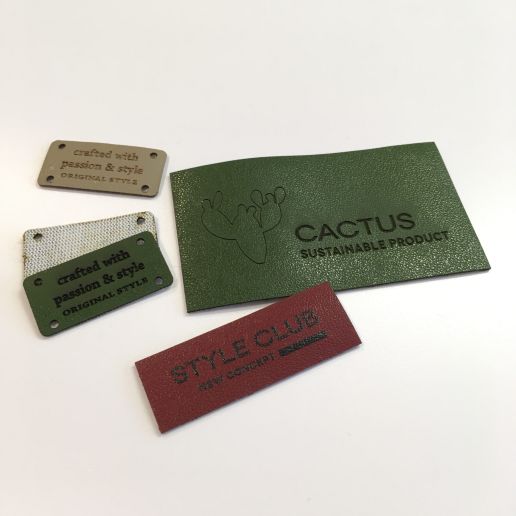
BODO JAGDBERG is putting more emphasis on functionality this season as well as opulence and extravagance. Sporty elegant colors such as aqua glass, digital lavender and cashmere are becoming an absolute eye catcher. Real styling boosters such as Holographic and cosmic paper will set new standards. Sustainable innovations include vegan cactus leather, coffee dyes, recycled corozo, closed loop recycling and many more…
<< VEGAN CACTUS LEATHER LABELS
- Categories: Leather & Alternatives, Organic/Natural
- Composition: 100% Desserto® Cactus Leather
- Certifications: STANDARD 100 by Oeko-Tex®, USDA Organic
- Specialities: Vegan cactus leather is sustainable, fast growing (harvest every 6-8 months), needs little water (rain water and earth minerals) & is very resiliant.
- Awards: PETA awarded & Green Product Award 2020
- Categories: Organic/Natural, Recycled
- Composition: 25% Coffee Grounds rec, 25% Bio Polyester Resin, 5% Plasticiser, 45% rec Filling Material
- Certifications: STANDARD 100 by Oeko-Tex®
- Specialities: Coffeeground creates a special textured effect; the other components (recycled theremosetting fillers, bio polyester resin, pasticiyers and dyes) are in conformity with OEKO-TEX.
- Categories: Organic/Natural
- Composition: 93% Cotton, 4% Biopolymer, 3% Dyes
- Certifications: STANDARD 100 by Oeko-Tex®
- Specialities: Cotton button perfect for garment dye, available in different shapes: jeans buttons, snap buttons, rivet to buttons, and deco pieces. Ligning: Biopolymere which are incorporated into the plant cell wall and thereby cause the lignification of the cell. Natural dyes.
- Categories: Recycled
- Composition: 98,3% rec Nylon, 0,6% Binders, 1,2% Dyes
- Certifications: STANDARD 100 by Oeko-Tex®
- Specialities: Product contains of Nylon spinning platic scrap, masterbatch (1,2%), and additives (0,6%). Built in a process which creates a “closed loop system”. Use of primarly scrap materials is based on the recovery of textile waste and residues.
- Categories: Organic/Natural, Recycled
- Composition: 55% rec Paper, 35% rec Filling Material, 10% Binders
- Certifications: FSC, STANDARD 100 by Oeko-Tex®
- Specialities: Recycled paper is used to produce labels or buttons with f. e. marbled horn look. The recycled paper, recycled thermosetting fillers, technical binders and dyes are in compliance with OEKO-TEX.
————————————————————————–
Bornemann-Etiketten GmbH
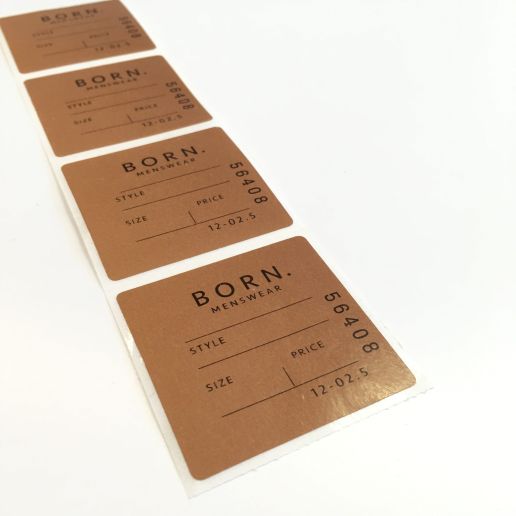
- Categories: Biodegradable, Recycled
- Composition: Binders, Paper
- Specialities: FSC (Mix) Paper with compostable adhesive
In the coming season, Bornemann-Etiketten follows the motto “Breaking new ground together” and is all about transformation. The digital service BRN.CREATE offers a new kind of digital product development, which is sustainable, intuitive and integrable. The Spring.Summer 23 collection shows innovative and sustainable materials and a wide variety of creative labeling options. Bornemann’s mission: Offering the best possible solution to let your brand shine every day.
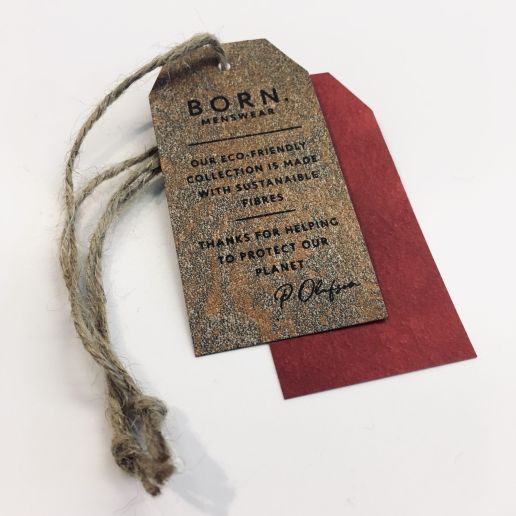
- Categories: Recycled
- Composition: Latex, Paper, rec Material
- Certifications: FSC
- Specialities: Latex-containing paper with recycled material (post-consumer waste)
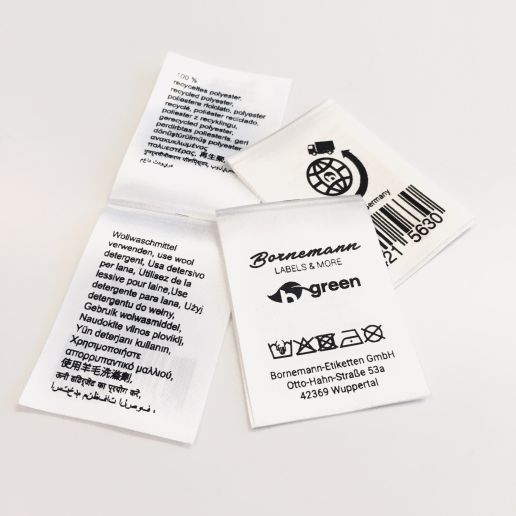
- Categories: Recycled
- Composition: 100% rec Polyester
- Certifications: GRS
- Specialities: rec. Post-Consumer Polyester, Satin, double-sided digital printing
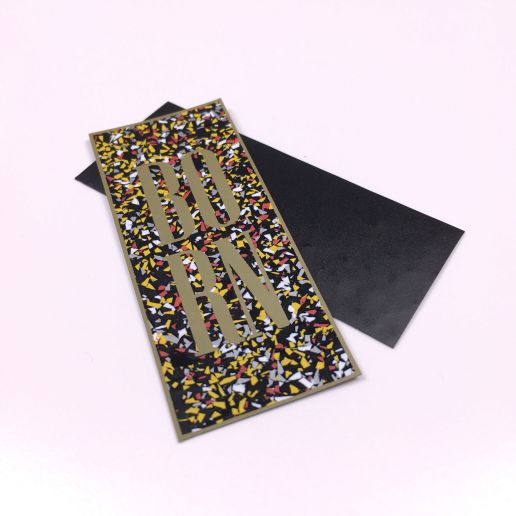
- Categories: Recycled
- Composition: Thermoplastic Polyurethane
- Certifications: GRS
- Specialities: recycled thermoplastic polyurethane material, printed, 0.3mm thick
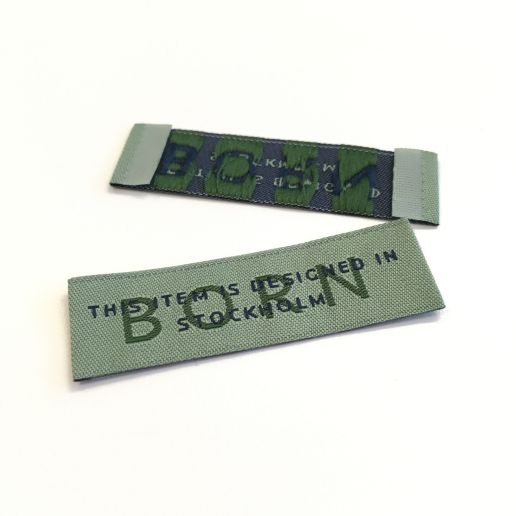
- Categories: Recycled
- Composition: rec Cotton, rec Polyester
- Certifications: STANDARD 100 by Oeko-Tex®
- Specialities: woven label made from recycled polyester (warp) and recycled cotton (weft)
————————————————————————–
Nilorn Germany GmbH
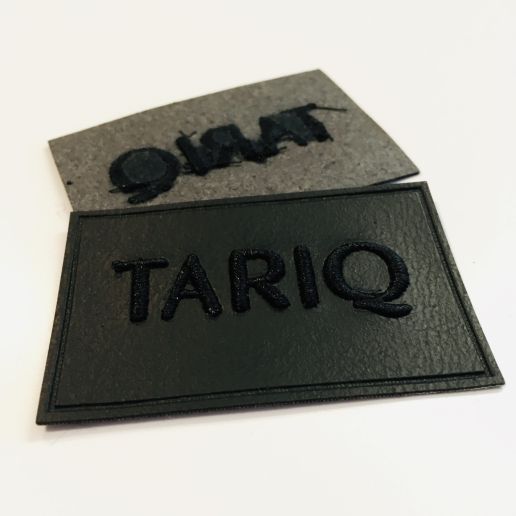
- Categories: Leather & Alternatives, Recycled
- Composition: 50% Apple Powder, 50% Polyurethan
- Specialities: fabric backing consists of 80% cotton & 20% polyester blend; embroidery from recycled polyester
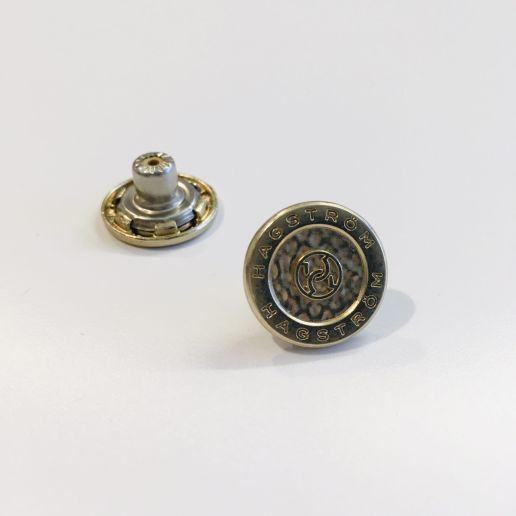
- Categories: Pollution free
- Composition: 100% Zinc Alloy
- Certifications: Bluesign (Certified manufacturing process, guidelines for use of chemicals, controls their compliance, covers consumer protection, wastewater, exhaust air, occupational safety and resource productivity.)
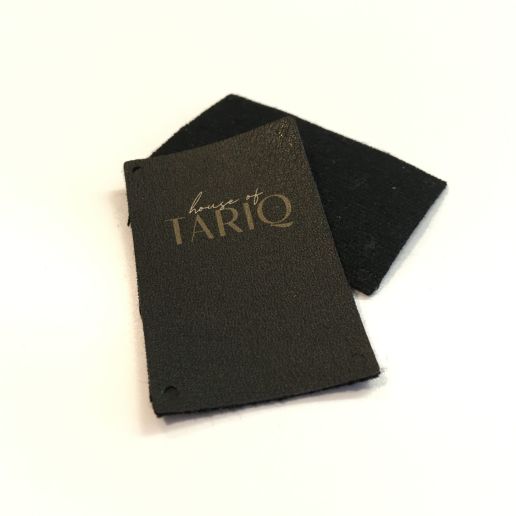
- Categories: Leather & Alternatives, Recycled
- Composition: 50% Polybutylene Terephthalate, 50% Polyurethan
- Certifications: GRS, STANDARD 100 by Oeko-Tex®
- Specialities: 50% post-consumer recycled Polyester, 50% DMFA-free PU
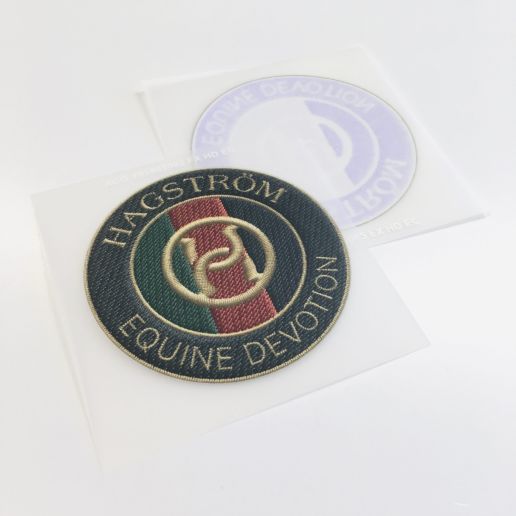
Nilorn‘s current focus is on labels and trims with a more biobased input. Nilorn introduces textile labels in TencelTM, organic cotton and linen and embroidered badges in viscose. There is also a high potential in the area of vegan leather alternatives – which is why Nilorn shows different options like cork with a fully biobased backing, Piñatex® apple-leather or FSC jacron. Nilorn believes in taking a holistic approach in Sustainability including the entire design process, manufacturing and supply chain.
<< LABELS with pollution free Bluesign print (water-based adhesive, finish and ink, carrier PET)
- Categories: Pollution free
- Composition: 65% Dyes, 35% Binders, Polybutylene Terephthalate
- Certifications: Bluesign (Certified manufacturing process, guidelines for use of chemicals, controls their compliance, covers consumer protection, wastewater, exhaust air, occupational safety and resource productivity.)
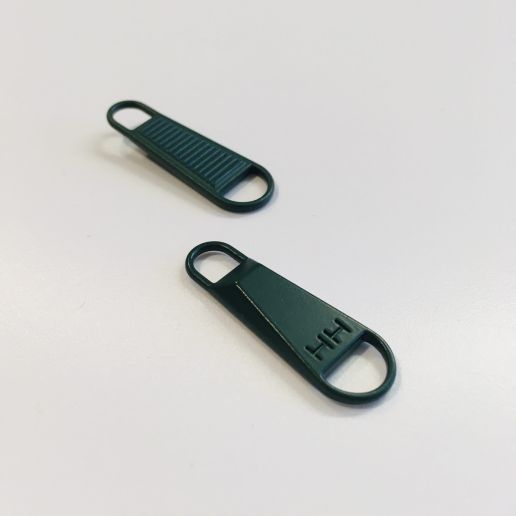
- Categories: Pollution free
- Composition: 100% Zinc Alloy
- Certifications: Bluesign
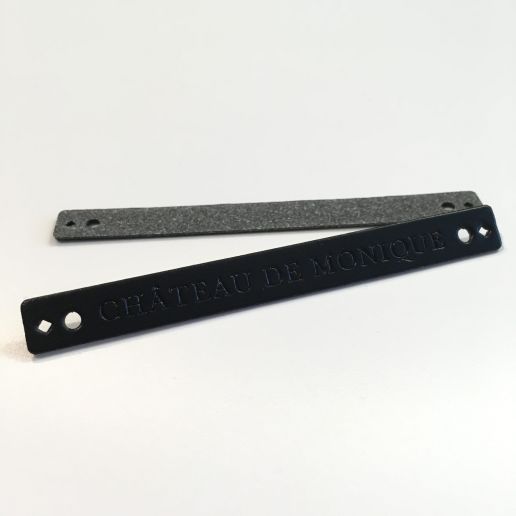
- Categories: Leather & Alternatives, Recycled
- Composition: 100% rec Leather
- Certifications: Leather Standard by Oeko-Tex®
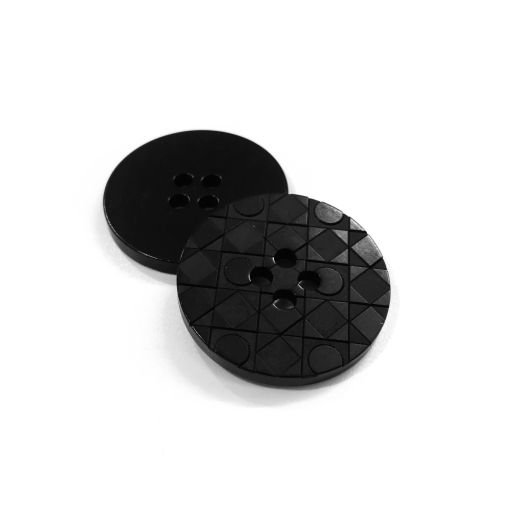
- Categories: Organic/Natural
- Composition: 100% Corozo
- Certifications: STANDARD 100 by Oeko-Tex®
- Specialities: natural material dyed with black color
————————————————————————–
Sustainable Innovations #4: "Sunkolor" by Panorama Fabrics
With climate change still gathering momentum, the intensity of the sun’s invisible UV rays is also increasing. The problem: the intensity is not visible to the eye. The result: sunburn and damage to our skin that sometimes only appears years later which makes it all the more important to protect our important organ.
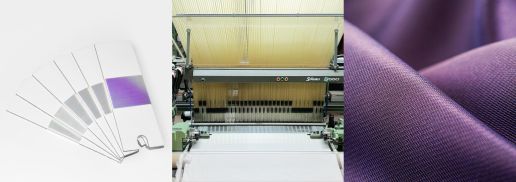
Exactly this is possible with Sunkolor. The material helps to visually perceive sun exposure and to establish a healthy relationship with it as a result. The technology Panorama Fabrics, the material driven Design Studio from Berlin, manages to make UV rays visible. For this purpose, Sunkolor yarns, which are produced in Germany, are woven into textiles.
When exposed to sunlight, the colour of the material changes thus indicating the dangerous UV index range. The change of colour makes it immediately clear once the situation becomes critical. In the first step, the yarns will be attached in labels to hiking backpacks. In the long term, a variety of different or outdoor garments will be made from this yarn.
The vision:
Create new tools to adapt in a changing environment caused by climate change.
Panorama Fabrics studio aims to contribute with its own products and pioneering designs to highlight the possible interaction between textiles, humans and our climate. Research is being carried out on innovations to make more people aware of the effects of climate change and at the same time support them in dealing with it. The two founders, Gabriela Kapfer and Karina Wirth, share a fascination for different materials and a passion for interdisciplinary collaboration, which enables them to create something new and progressive together.
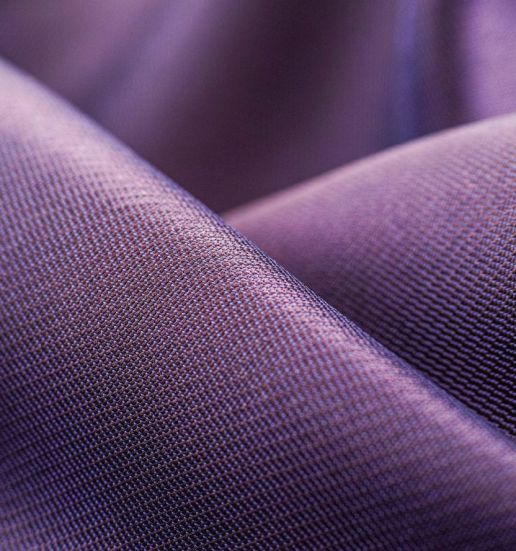
“Sunkolor makes the invisible visible to create awareness.”
– Gabriela Kapfer & Karina Wirth
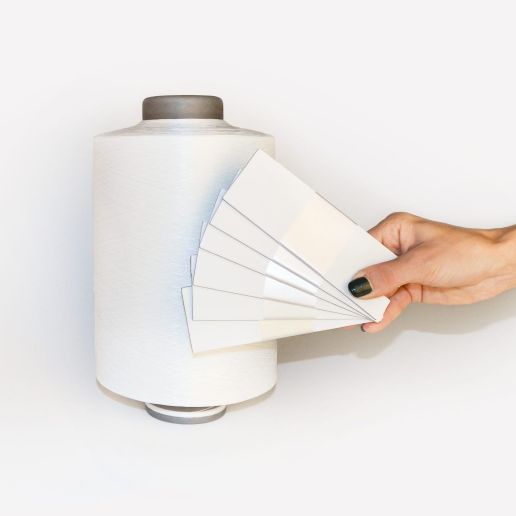
Please find more info about SUSTAINABLE INNOVATIONS in this interview with Simon Angel, curator of the Sustainable Innovations Forum and in the articles about further projects:
Interview about Pre-Creation, -Action and -Connection in our industry >>
Offcuts collection by Studio Popopo >>
Sustainable Innovations #3: +17,4% - Offcuts Collection
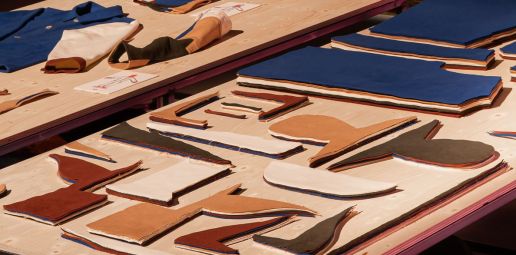
Making good use of leftovers from textile production – and using them to upgrade the same garments?
It’s possible: while working in the garment industry, product designer Seok Park saw the vast amounts of leftovers that are created. It inspired him to put them to good use. With his studio Popopo from Eindhoven, he launched the OFFCUTS project for this reason. In the OFFCUT collection, additional parts for garments are made from fabric scraps – fabric scraps that are left over from the production of exactly these garments and that offer added value when the garments are used. The goal is not only to reuse scraps, but also to add value to them to make another product and thus incorporate them into the garments produced.
Each work is named after the percentage that indicates the waste in the production of garment patterns.
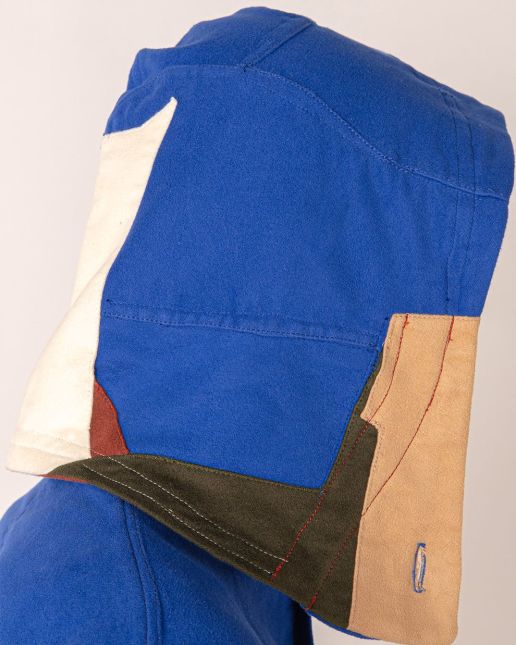
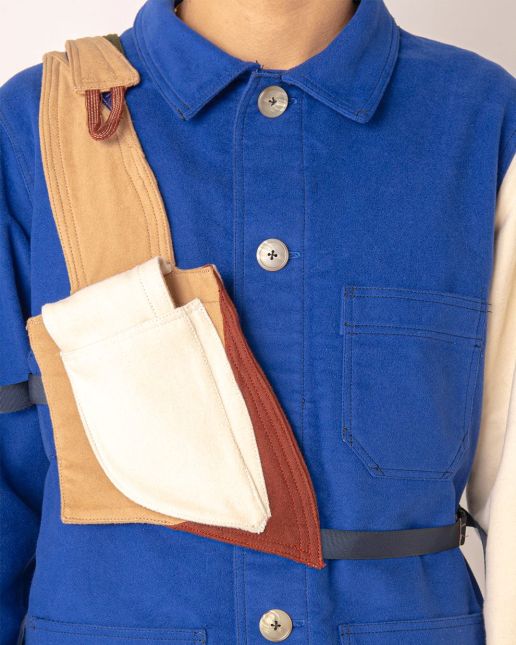
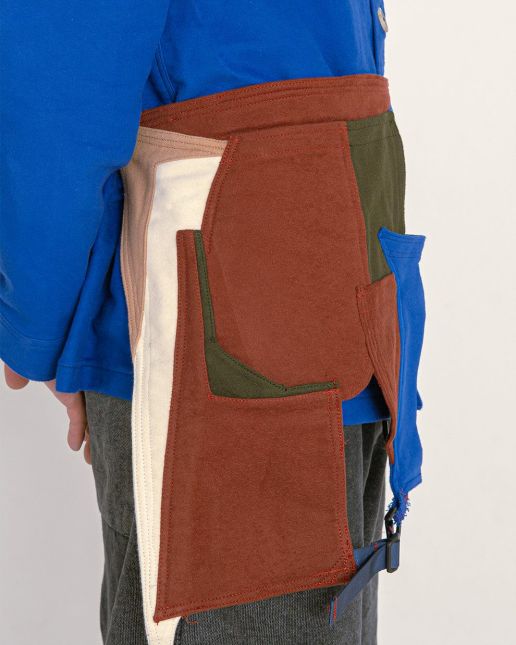
Re-use, re-value, re-connect
“Through the project, I would like to point out the potential materiality of these leftovers by discovering their own unique story as a general material beyond industrial by-products or reusable waste.”
– Seok Park
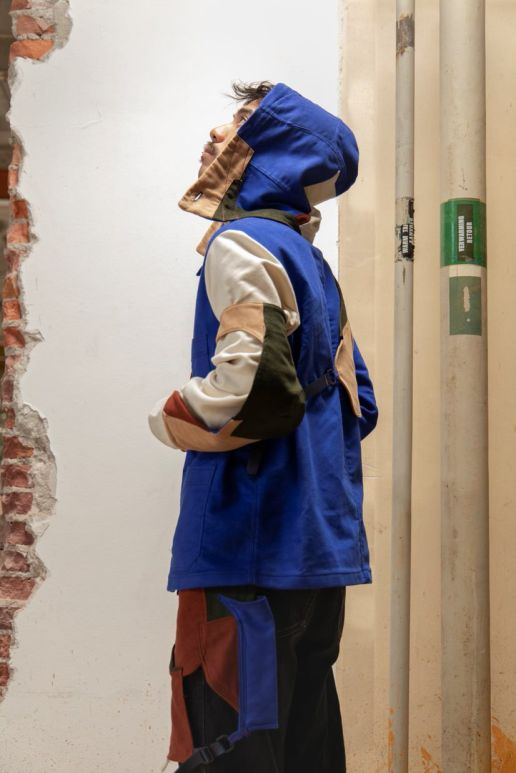

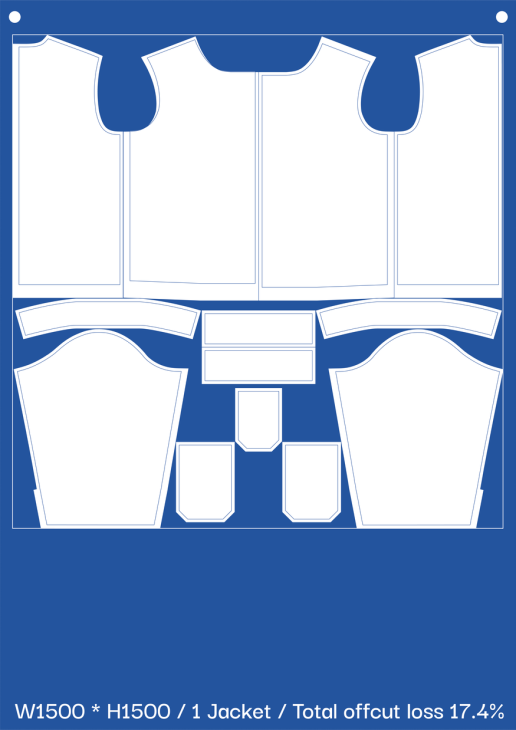
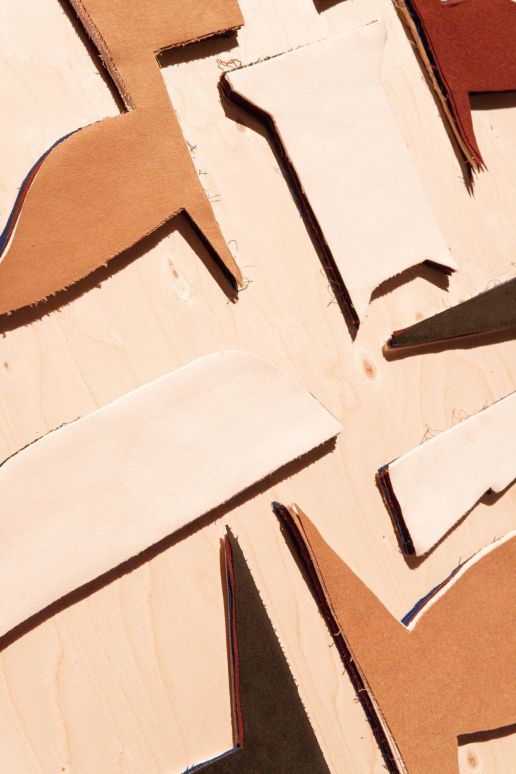
17.4: This is the percentage of excess cut produced in the production of chore jackets, the classic workwear item. The functional value is now obsolete – so the project uses +17.4% leftover pieces from 60 Chore Jackets to produce a collection of practical accessories. These accessories offer additional benefits for specific conditions such as weather conditions of the different seasons and more.
—————————————————————-
Find more infos about SUSTAINABLE INNOVATIONS in the interview with Simon Angel, curator of the Sustainable Innovations forum, the project #1 ‘Biotic’ and the project #2 ‘Offcuts’:
Interview about Pre-Creation, -Action and -Connection in our industry >>
Sustainable Innovations SS23 #1: Bacteria to wear by Lionne van Deursen >>
Sustainable Innovations SS23 #2: Flower Matter by Irene Purasachit >>
—————————————————————-
Textile Inventions You Need To Be Acquainted With In 2022
Textile Inventions You Need To Be Acquainted With In 2022
(If You Are Not Already)
AN INDUSTRY INSIGHT BY FASHNERD FOUNDER MUCHANETA KAPFUNDE.
The race to digitise the textile sector is expected to continue to gain momentum throughout 2022. However, with sustainability still a key theme, the good news is that game-changing innovations are helping a very traditional industry recognise business opportunities that push towards a fundamental shift in industry practices and any future developments.
Reimagining the Textiles System With a New Mindset
No longer held back by conventional processes, more and more textile manufacturers, suppliers, buyers, and designers are now transitioning towards a textile system that allows them to harness better economic, societal, and environmental outcomes. In addition, prioritising the application of new technologies has helped the textile industry take those first steps of progress towards adopting new business models, technological innovation, and radical collaboration.
“Our success depends not only on the work within our own value chain but on disruptive partnerships across a broader textile production and manufacturing ecosystem,” stated Cyrus Wadia, VP Sustainable Business and Innovation at Nike, in the Ellen MacArthur Foundation report “A New Textiles Economy: Redesigning Fashion’s Future”.
As technology continues to have a significant impact on the textile industry, in 2022, make sure you keep an eye on the following innovations from these three game-changing companies:
1. Kelp – One Of The Most Renewable Natural Resources: Algiknit
In the business to make textile production more environmentally conscious, Algiknit offers material options that perform as well as conventional materials.
“The yarn we’re producing today has the look and feel of the natural fibres consumers are familiar with, plus all the makings of a no-compromise conscious material,” said Aaron Nesser, co-founder and CTO of AlgiKnit, in a statement.
Staying ahead of the curve in fabric innovations, Algiknit could effectively bring kelp-based yarn into the mainstream. The startup is currently poised to scale the production of eco-conscious yarns for use by forward-thinking global fashion brands.
With Kelp considered one of the most renewable natural resources globally, the Brooklyn-based material-maker of carbon-neutral, toxic-free textiles has spent the past four years developing technology to produce yarns on a commercial scale. They hope that they will be able to scale production to a point where they will be able to meet growing material demand in time.
2. Freshwater-free Textile Fibres, The Next Alternative: SaltyCo
UK startup, SaltyCO, has come up with freshwater-free textile fibres. Hoping to establish an alternative to freshwater-intensive cotton cultivation, SaltyCO is on a mission to tackle the side effect of wasteful freshwater use by rethinking the system and installing a new category in sustainable textile production.
Acknowledging that there is no single solution to “sustainability”, SaltyCO’s vision is to build a planet-healing supply chain that begins with an approach to regenerative agriculture. Hoping to create the most impact by sourcing their plant material, the materials science company has so far found a suitable salt-tolerant plant for the textile supply chain. They are now researching regenerative cultivation techniques and textile products. The outcome has been BioPuff, a plant-based fibre fill produced in SaltyCO’s laboratory in Scotland.
An alternative to animal and petroleum-based products, BioPuff is made of pure cellulose and has been reported to reduce petroleum by 70% in every jacket impact and save up to 25 litres of fresh drinking water.
3. Built with Biology, Not Oil: Biofabricate
Do you know that we are at the dawn of a new age where we can biodesign and biofabricate? No longer confined to small-scale experiments, biomaterials have garnered interest from well-known brands, like Adidas and Hermès, looking for plant-based alternatives to petroleum.
Recognising the potential of ‘Living Factories’ like Mycelium, Bacteria, Yeast and Algae, is Biofabricate. They are a startup that believes that a sustainable material world is built with biology, not oil. Recognising that there are no shortcuts, Suzanne Lee, founder and CEO of Biofabricate, believes that patience and tenacity by the industry should be a requirement.
“This can be a struggle for many designers – who like fast outcomes. But unfortunately, biology doesn’t work like that”, explained Lee when interviewed by Nextnature.net.
As a new generation of biofabrication and cell agriculture startups continue to set the standard, Biofabricate has become the go-to for those looking to bridge design with biotech intelligently.
In the current landscape, textile inventions are setting the standard by driving the textile industry to understand the facts and participate in the solutions. But, in the end, material innovation is a constant journey, one you should already be on if you aren’t already.
Are you interested in more indepth facts and figures of the new textile economy?
Check out FashNerd.com to follow the journey of the industry or read one of the following blog articles:
Antimicrobial Textiles, Hero or Hype?
The New Textiles Economy, A Catalyst For Transformation?
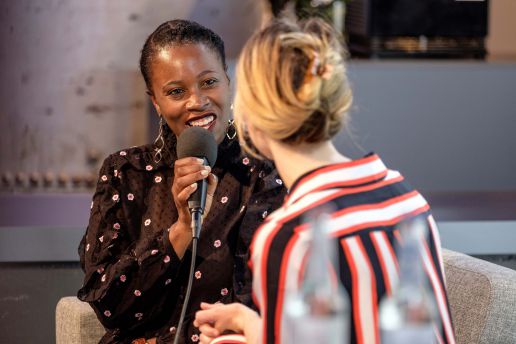
ABOUT THE AUTHOR
Founding editor-in-chief of FashNerd.com, Muchaneta has worked in the fashion industry for over 14 years. She is currently one of the leading influencers speaking and writing about the merger of fashion with technology and wearable technology.
Muchaneta Kapfunde | editor@fashnerd.com
ReSOURCE Fabrics: Ever heard of the Bemberg Fibre or Amni Soul Eco®?
ReSOURCE is the sourcing platform for environmentally friendly and responsibly produced textiles, clothing and accessories. Search, discover and connect – all in one place. Source sustainable materials online at any time on www.resource-textiles.com
This season, we received more than 180 ReSOURCE materials – together with the samples for the Autumn.Winter 22/23 season, more than 560 innovative fabrics & additionals from 87 manufacturers are presented in our Brand & Material Search.
We have already introduced you to 5 ReSOURCE Fabrics manufacturers in this Blog article. Here are the next 5 most future-oriented manufacturers with their sustainable developments for Spring.Summer 23:
- Arula GmbH
- Bloomati by Carvema Têxtil
- Ifansi Doumas Bros SA
- Takisada – Nagoya Co., Ltd.
- TMG Textiles
————————————————————————–
Arula GmbH
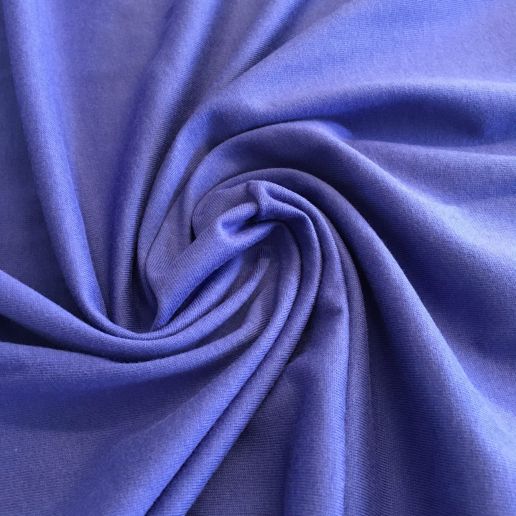
Arula is always on the lookout for something new. Together with international customers, the Austrian company develops forward-looking and customised textile solutions – Made in Austria. The specialist for high-quality knitted fabrics made of natural fibres and cellulosic man-made fibres focuses on sustainability in all areas of fully integrated production and contract processing.
“Out of consideration for our nature: we are aware that our economic goals can only be achieved in the long term if we treat our environment with care.”
– Arula GmbH
<< Cotton-Jersey
- Categories: GOTS, Organic/Natural
- Composition: 100% kbA Cotton
- Weight: 150 g/sqm
- Applications: Jersey Fabrics
- Certifications: GOTS, STANDARD 100 by Oeko-Tex®, STeP by Oeko-Tex
- Categories: Biodegradable, Innovative Alternatives, Organic/Natural
- Composition: 55% kbA Cotton, 45% Polyamide
- Weight: 150 g/sqm
- Applications: Jersey Fabrics
- Certifications: STANDARD 100 by Oeko-Tex®, STeP by Oeko-Tex
- Special Feature: Amni Soul Eco® is the first biodegradable yarn from Polyamide 6.6 worldwide
- Categories: Biodegradable, Innovative Alternatives, Organic/Natural
- Composition: 55% kbA Cotton, 45% Polyamide
- Weight: 150 g/sqm
- Applications: Jersey Fabrics
- Certifications: STANDARD 100 by Oeko-Tex®, STeP by Oeko-Tex
- Special Feature: Amni Soul Eco® is the first biodegradable yarn from Polyamid 6.6 worldwide
————————————————————————–
Bloomati by Carvema Têxtil
Bloomati by Carvema Têxtil has been pursuing an ecological approach from the very beginning with the aim of reducing the environmental impact of its textile processes. The Portuguese company therefore offers a wide range of sustainable options. Discover the wide selection of organic cotton, lyocell or modal in the form of jersey, rib, fleece or interlock, as well as knitted fabrics from recycled fibres, bamboo or hemp.
<<< Antibacterial, recycled Jersey fabric
- Categories: Recycled
- Composition: 89% rec Polyester, 11% Elastane
- Weight: 190 g/sqm
- Applications: Apparel, Jersey Fabrics
- Special Feature: Antibacterial finishing
- Certifications: GRS, STANDARD 100 by Oeko-Tex®
- Categories: Regenerated Cellulosics
- Composition: 95% Modal, 5% Elastane
- Weight: 450 g/sqm
- Applications: Apparel, Jersey Fabrics, Regenerative Textiles
- Special Feature: Cellulose-based man-made fibre; the fabric finish increases the elasticity of the fabric by 20%.
- Certifications: STANDARD 100 by Oeko-Tex®
————————————————————————–
Ifansi Doumas Bros SA
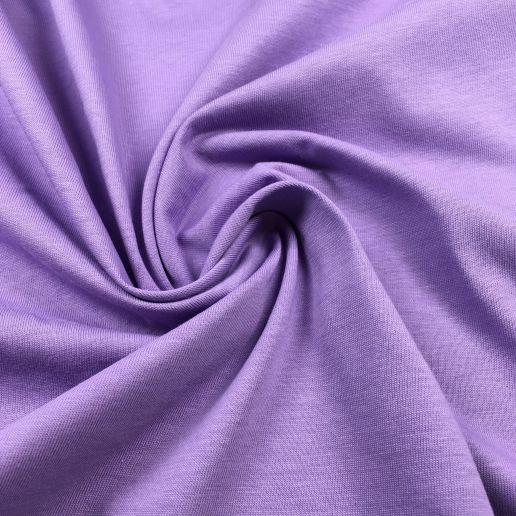
- Categories: Organic/Natural
- Composition: 100% kbA Cotton
- Weight: 150 g/sqm
- Applications: Apparel, Cotton Fabrics, Jersey Fabrics
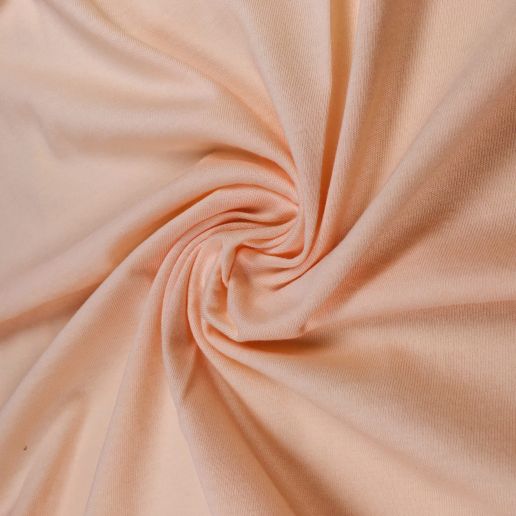
- Categories: Organic/Natural, Regenerated Cellulosics
- Composition: 50% Modal, 50% kbA Cotton
- Weight: 135 g/sqm
- Applications: Apparel, Cotton Fabrics, Jersey Fabrics
- Certifications: OCS BLENDED
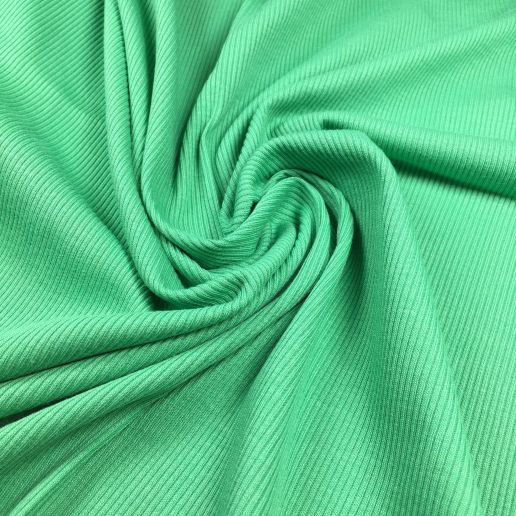
- Categories: Organic/Natural, Regenerated Cellulosics
- Composition: 47,5% kbA Cotton, 47,5% Modal, 5% Elastane
- Weight: 230 g
- Applications: Apparel, Cotton Fabrics, Jersey Fabrics
- Special Feature: Organic Rib 2*2
- Certifications: OCS BLENDED
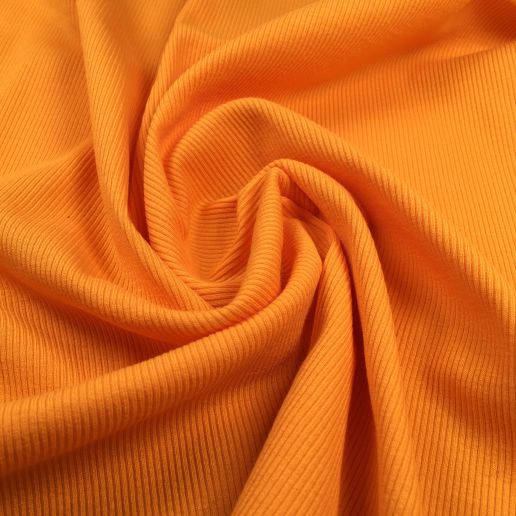
Ifansi was founded by Pantelis Doumas in 1967 as a small family business. The Greek business’ focus is on innovating with new production techniques to expand the range of fabrics and dyes to meet the industry needs. A fashionable color range meets natural fibers.
<< Rib 2*2
- Categories: Organic/Natural
- Composition: 95% kbA Cotton, 5% Elastane
- Weight: 220 g/sqm
- Applications: Apparel, Cotton Fabrics, Jersey Fabrics

- Categories: Organic/Natural
- Composition: 100% kbA Cotton
- Weight: 120 g/sqm
- Applications: Apparel, Cotton Fabrics, Jersey Fabrics
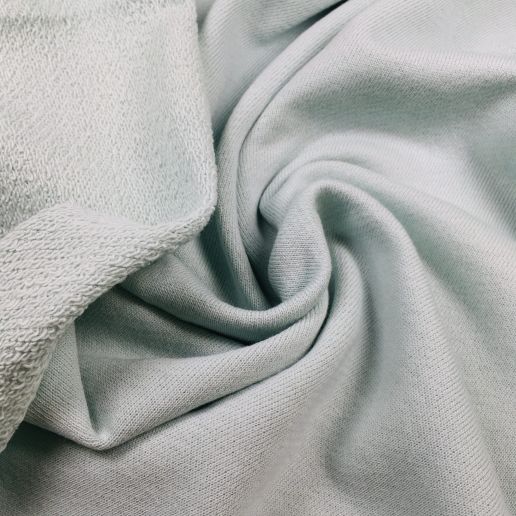
- Categories: Organic/Natural, Regenerated Cellulosics
- Composition: 65% kbA Cotton, 35% Modal
- Weight: 240 g/sqm
- Applications: Apparel, Jersey Fabrics
- Certifications: OCS BLENDED
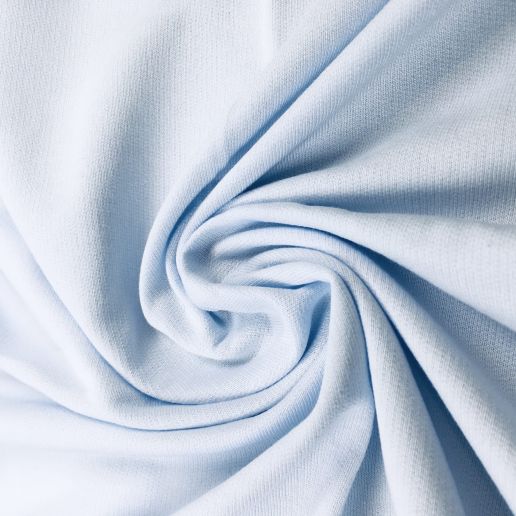
- Categories: Organic/Natural, Regenerated Cellulosics
- Composition: 70% kbA Cotton, 30% Modal
- Weight: 210 g/sqm
- Applications: Cotton Fabrics, Jersey Fabrics, Modal
- Certifications: OCS BLENDED
————————————————————————–
Takisada - Nagoya Co., Ltd.
TAKISADA-NAGOYA has the planning capabilities to express the global fashion of tomorrow. These consist of realising seasonal products and having the production capacity to deliver products to shops on time based on consistent quality and delivery date management. However, the value offered does not end there. The business spirit is demonstrated in reducing risks for customers at every step from production to distribution.
————————————————————————–
TMG Textiles
<<< Pure white Lyocell
- Categories: Regenerated Cellulosics
- Composition: 100% Lyocell
- Weight: 120 g/sqm
- Applications: Apparel, Regenerative Textiles
————————————————————————–
Sustainable Innovations #2: Flower Matter
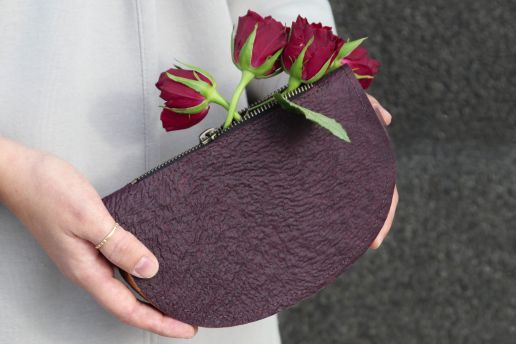

Whether for the home, in a restaurant or as a gift for loved ones – beautiful bouquets of flowers bring joy in many situations in life. The problem: flowers planted for commercial sale have a very limited lifespan. Once they are in the vase, they wilt after a few days and are thrown away – about 40 percent of the flowers are never sold, so florists have to dispose of them themselves. Irene Purasachit, a designer living in Finland, gives these flowers a second life – driven by the vast amounts of flower waste that are produced daily at the markets in her home country of Thailand.
She recycles them into fabric and paper, from which she makes sustainable bags, purses or flower paper. This not only creates new, biodegradable and plastic-free products – it also saves tons of waste.
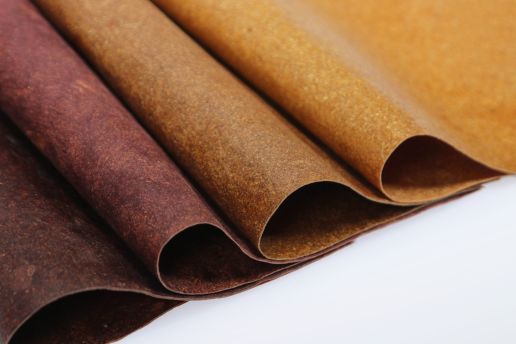
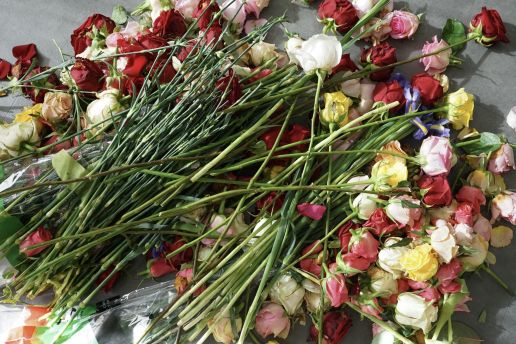
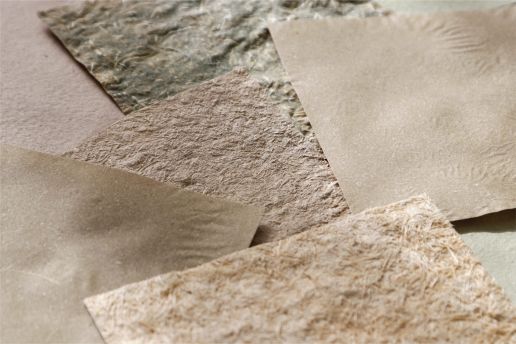
For her Flower Matter project, she creates, among other things, “Flower Paper”, a paper made of 100 percent flower stems and leaves. Unique one-offs: the paper varies in colour and structure – depending on the type of flower used. With her “Flaux” material – the word stands for Flower and Flexible Sheet – she creates an all-natural, leather-like fabric that is then made into purses and bags for her collection.
For Flaux, she mainly uses roses and carnations. The colour palette: natural, classic reds, soft pinks, bold orange and soft yellows – there’s something for everyone.
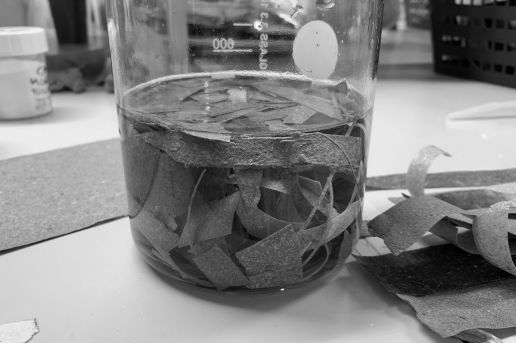
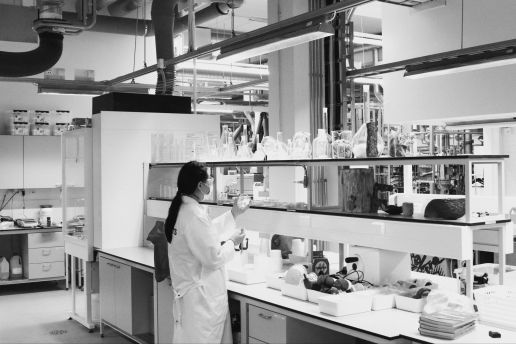
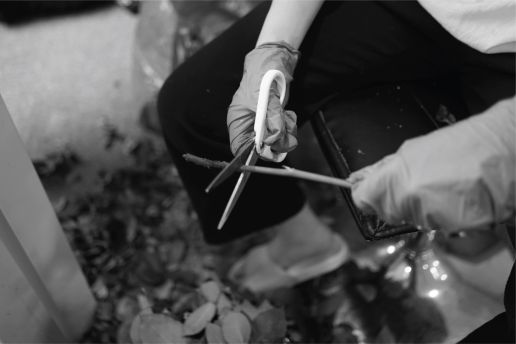
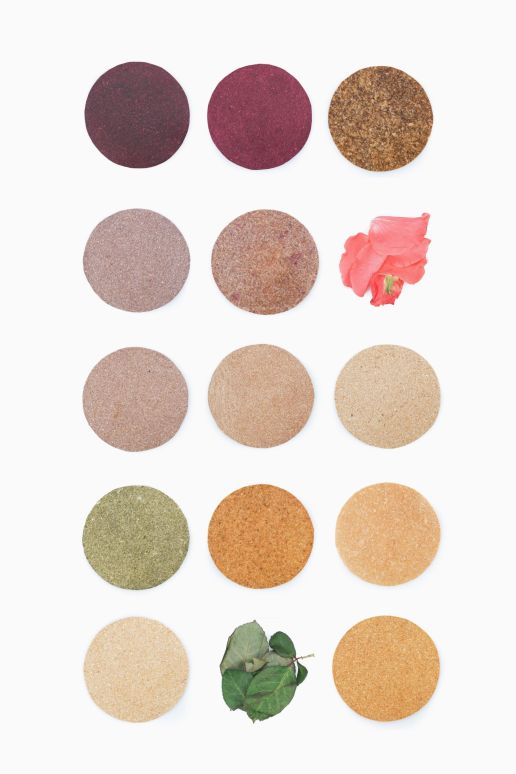
“Even though I am still in a considerably early stage of the materials’ development, I have been facing many dilemmas on what really is sustainable throughout my journey of Flower Matter. For example, how can I create a completely natural, biodegradable material from flower waste that can live up to the market’s high expectations on its properties (extremely durable, waterproof, etc)? Ultimately, I learned that it is extremely hard to maintain all expectations. Aside from my intention to continue developing my flower materials as ecologically as possible, I also want to challenge the market’s perceptions toward innovative materials. I do think that in order to move forward to a more sustainable world, we must learn to use and to work with new materials in a different way than the highly industrialised processes we are used to now.”
– Irene Purasachit
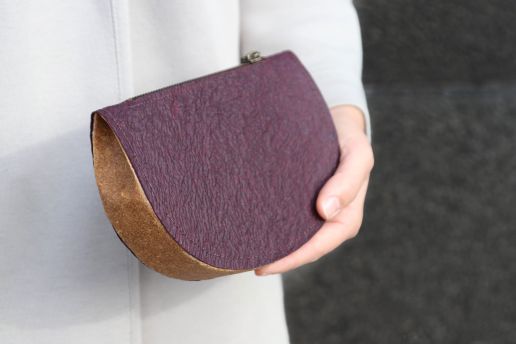
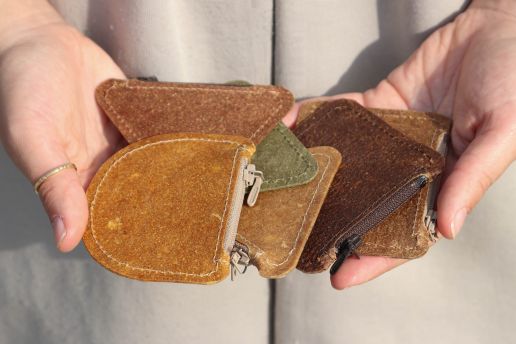
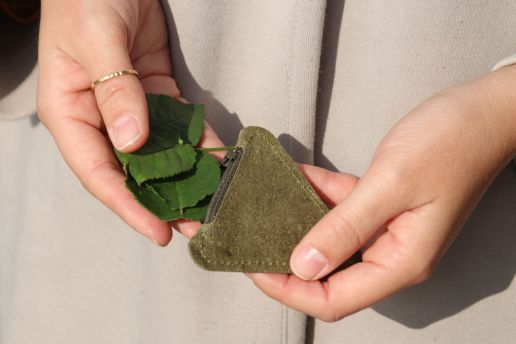
Please find more infos about SUSTAINABLE INNOVATIONS in our newest interview with Simon Angel, Curator of the Sustainable Innovations Forum, and in the article about the project #1 ‘Biotic’:
Interview about Pre-Creation, -Action and -Connection in the fashion industry >>
Sustainable Innovations SS23 #1: Bacteria to wear by Lionne van Deursen >>
—————————————————————-
Holistic sustainability? Thanks to these ReSOURCE Additionals
ReSOURCE is the sourcing platform for environmentally friendly and responsibly produced textiles, clothing and accessories. Search, discover and connect – all in one place. Source sustainable materials online anytime www.resource-textiles.com
Over 180 ReSOURCE materials have reached us this season – together with the samples from the Autumn.Winter 22/23 season, more than 560 innovative fabrics & additionals from 87 companies are now being presented to you in our manufacturer and material search.
Holistic sustainability does not end with the selection of the textiles – the trims and accessories are crucial! We present the first Spring.Summer 23 developments of our ReSOURCE Additionals exhibitors
- A-TEX Germany GmbH
- Gunold GmbH
- Knopf Schäfer GmbH
- Unizip SRL
————————————————————————–
A-TEX Germany GmbH

“SWAY” towards Sustainability – A-Tex’ latest collection is a pledge to conscious solutions for fashion brands. To facilitate recycling, the company which is part of Trimco Group has focused on single-material choices rather than material blends, multiple-use innovative packaging and minimisation of material waste. Split into Contemporary, Sport, Formal and Denim, the “SWAY” collection merges bold colours and fonts with cutting-edge materials, high design impact and low carbon footprint.
The latest ReSource materials from A-TEX, for example, rely on recycled materials, leather alternatives made from apple waste or natural materials such as sugar cane, bamboo or cork.
<< PACKAGING BOX MADE OF SUGAR CANE
- Categories: Organic/Natural
- Composition: 100% Sugar Cane, biobased source
- Usage: Packaging
————————————————————————–
Gunold GmbH
With the new organic cotton thread COTTY BIO, Gunold offers the industry a more comprehensive sustainability, even for embroidery and effect threads. The COTTY BIO consists of high-quality Egyptian cotton and is GOTS certified cultivated, twisted and dyed as well as certified with Oeko-Tex Standard 100. Extensive testing guarantees that COTTY BIO has the same excellent runnability as conventional COTTY. COTTY BIO is currently offered as COTTY BIO 30 in 10 modern colors and in the thickness Nm 50/2; dtex 200*2.
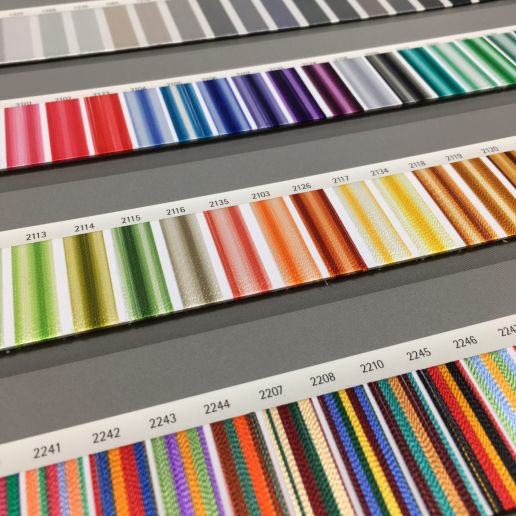
- Name: Gunold SULKY
- Categories: Biodegradable, Regenerated Celulosics
- Composition: 100% Viscose
- Certifications: FSC, STANDARD 100 by Oeko-Tex®
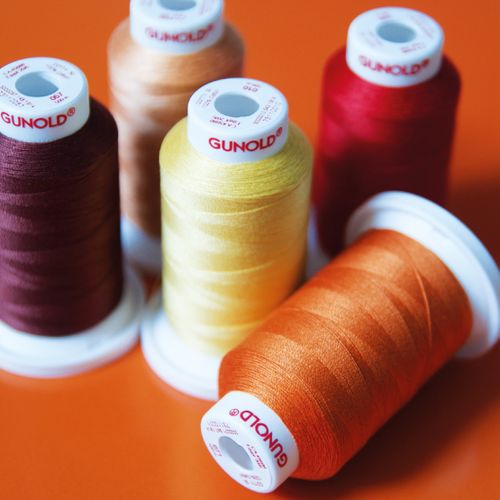
- Name: Gunold COTTY BIO
- Categories: Biodegradable, GOTS, Organic/Natural
- Composition: 100% kbA Cotton
- Certifications: GOTS, STANDARD 100 by Oeko-Tex®
————————————————————————–
Knopf Schäfer GmbH
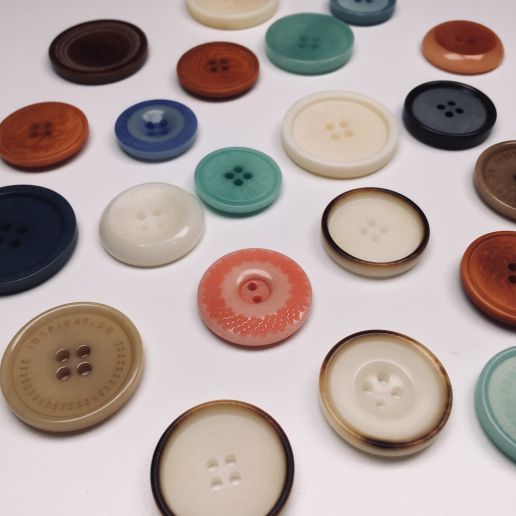
Knopf Schäfer explored three summer themes: Hybrid Smartness – Tailoring remains top but casual and smart. Adventure Resort – Sporty aesthetics play with artisanal details. Active Performance – Functionality meets urban lifestyle. Matching buttons and accessories have been developed for all themes, with special highlights in shape, colour and finish. According to the importance of sustainability, the button expert is showing a comprehensive real corozo collection.
<< COROZZO BUTTONS
- Categories: GOTS, Organic/Natural
- Composition: 100% Corozzo: Renewable resource, Ivory by nature, grain reveals through dyeing
- Certifications: GOTS, STANDARD 100 by Oeko-Tex®
————————————————————————–
Unizip SRL
Unizip’s new collection shows the creative process from a sustainable perspective while keeping the connection up-to-date with new summer trends for Spring.Summer 23. The zipper specialist aim is to create recycled zippers but also standard ones, playing with colors and new shapes. The offer ranges from basic zippers to new ideas which allow all customers to make their own customization. Innovation is the key.
<< RECYCLED ZIPPERS
- Categories: Recycled
- Composition: 6% Cupro, 28% rec Polyester, 23% Metal
- Certifications: GRS
————————————————————————–
Bacteria to wear
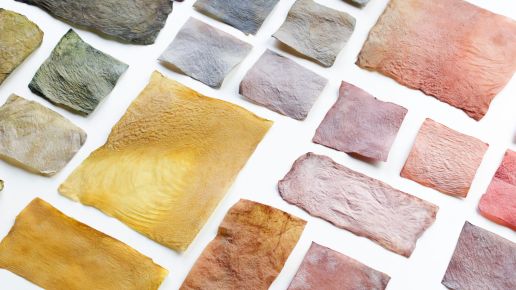
Take yeast, bacteria and sweetened green tea – this mix becomes a biodegradable, resistant and highly flexible material after a fermentation process. How it works? Microbes spin nano fibres of bacterial cellulose onto a surface. Once this layer dries, it becomes a solid material with properties very similar to leather. The thickness of the fabric can be easily adjusted during the growth process: Depending on the duration of the growth, it either becomes more unstable and thinner or firmer and thicker. Depending on the thickness, different nuances and different translucencies are created in the material. With these material properties, there are various design possibilities: For example, when wet, a texture can be applied that remains visible even when completely dry. The colour of the fabric can also be easily changed due to its high absorption capacity. Trial and error therefore pays off. Experiments with plant dyes and dyes from fruit waste have resulted in a fabric collection with bright colours, different light transmission and varied patterns.
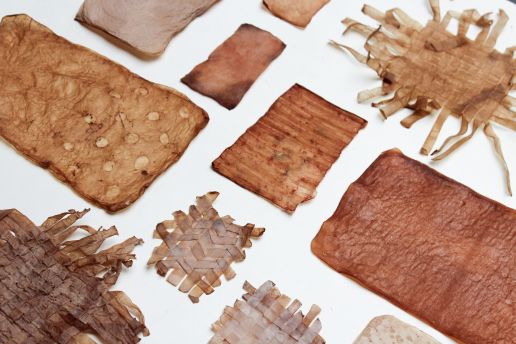
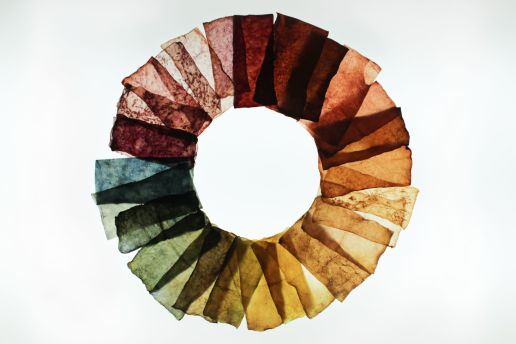
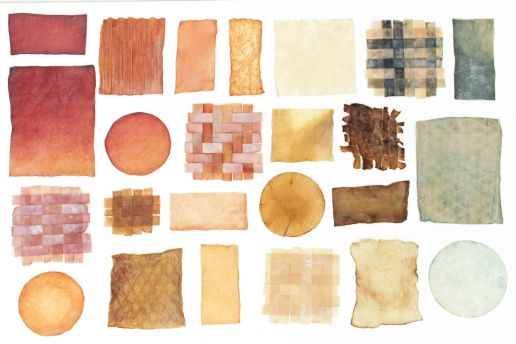
Living organisms that produce environmentally friendly materials – this stands for the “Biotic” project of the Lionne van Deursen studio from Uden in the Netherlands dedicated to material research and product design, which was launched in 2019. Through various experiments, the team generates insights into the incredible variety of new and bio-based materials. The advantages speak for themselves: only local resources are required for the production of the material and only plant-based means are used for dyeing. This results not only in sustainable materials, but above all in a sustainable production process.
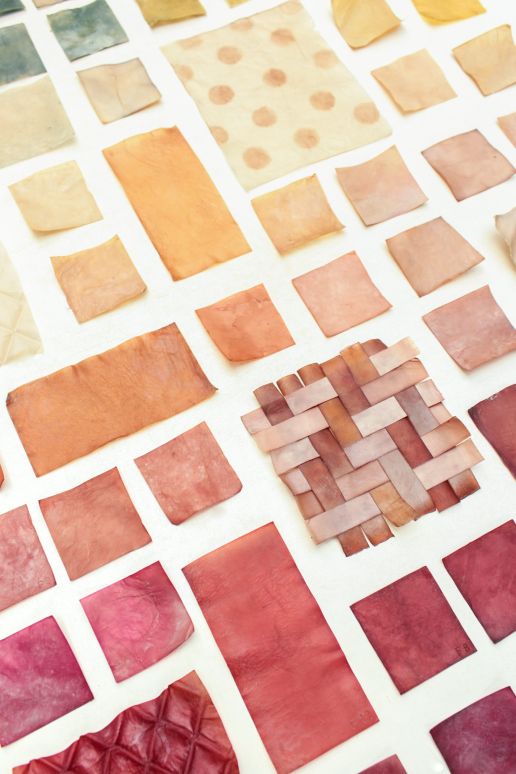
“The goal of the project is to develop sustainable products with materials that are not harmful for the environment. The project shows the possibilities of a biologically grown material. The material created by living microorganisms is biodegradable and strong while remaining a high flexibility.”
– Lionne van Deursen
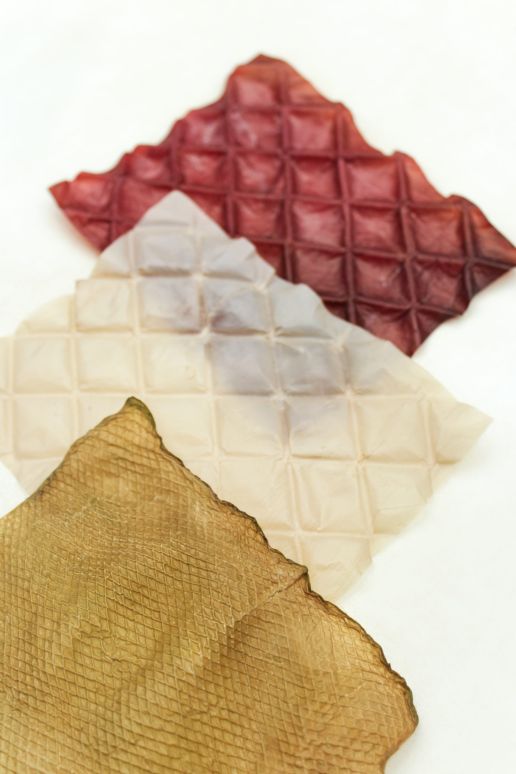
Please find more info about SUSTAINABLE INNOVATIONS in this interview with Simon Angel, curator of the Sustainable Innovations Forum:
Interview about Pre-Creation, -Action and -Connection in our industry >>
Searching for the most sustainable Fabrics of the season?
ReSOURCE is the sourcing platform for environmentally friendly and responsibly produced textiles, clothing and accessories. Search, discover and connect – all in one place. Source sustainable materials online anytime www.resource-textiles.com
More than 180 ReSOURCE materials have reached us this season – together with the samples from the Autumn.Winter 22/23 season, more than 560 innovative fabrics & additionals from 87 companies are now being presented to you in our manufacturer and material search.
Sustainable textiles are always nude, plain and boring?
Not with these Spring.Summer 23 developments from our ReSOURCE exhibitors
- Alarga Textile
- Elissa Stampa
- Sundag Heinrich
- Tejidos Royo
- Zeynar
————————————————————————–
Alarga Textile
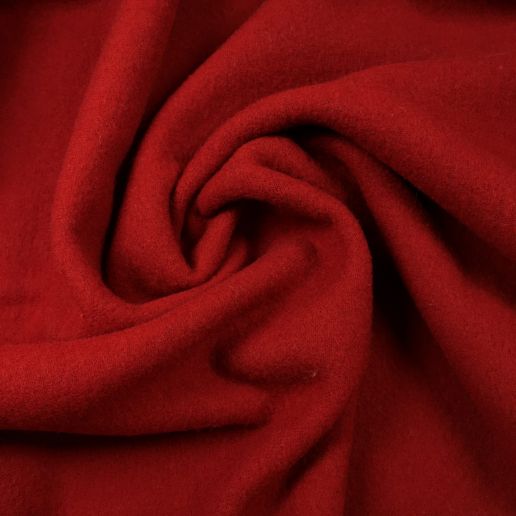
- Categories: GOTS, Organic/Natural
- Composition: 100% kbT Wool
- Weigth: 340 g/sqm
- Uses: Apparel, Fleece, Wool fabrics
Alarga Textile offers a large selection of different materials in a wide variety of colors and prints with a special focus on GOTS certification as well as on wool from controlled organic animal husbandry (kbT) and cotton from controlled organic cultivation (kbA).
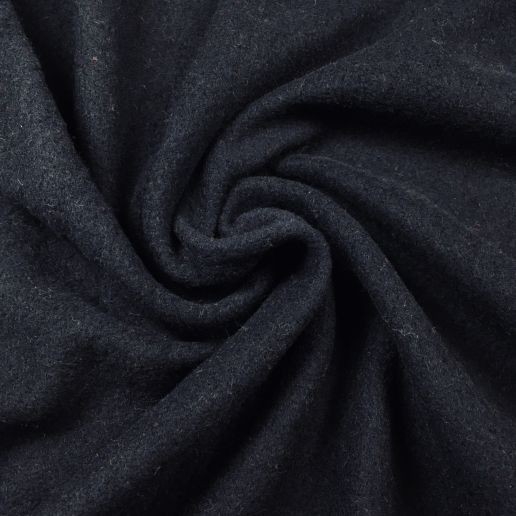
- Categories: GOTS, Organic/Natural
- Composition: 100% kbT Wool
- Weigth: 220 g/sqm
- Uses: Apparel, Fleece, Wool fabrics
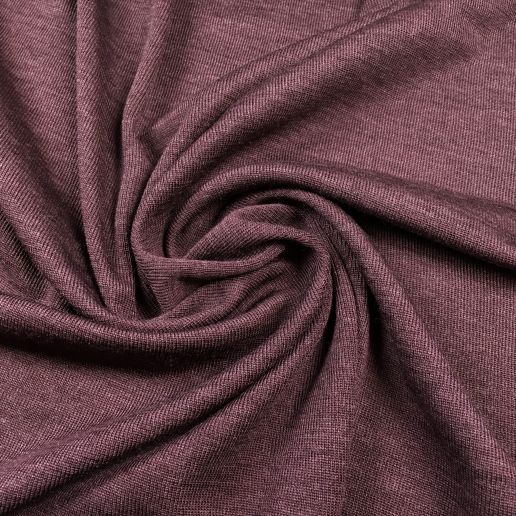
- Categories: GOTS, Organic/Natural
- Composition: 70% kbT Wool, 30% Silk
- Weigth: 180 g/sqm
- Uses: Apparel, Silk fabrics, Wool fabrics
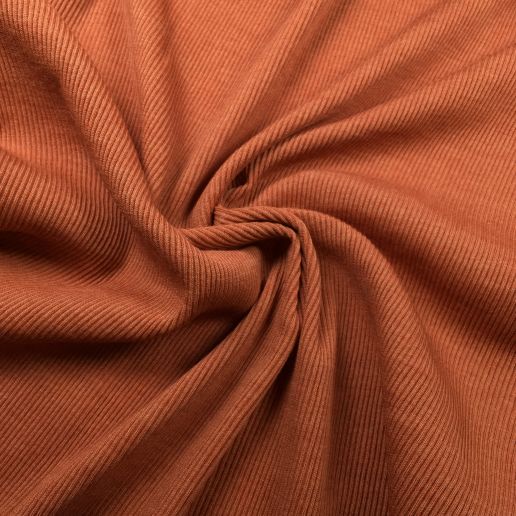
- Categories: GOTS, Organic/Natural
- Composition: 70% kbT Wool, 30% Silk
- Weigth: 180 g/sqm
- Uses: Apparel, Silk fabrics, Wool fabrics
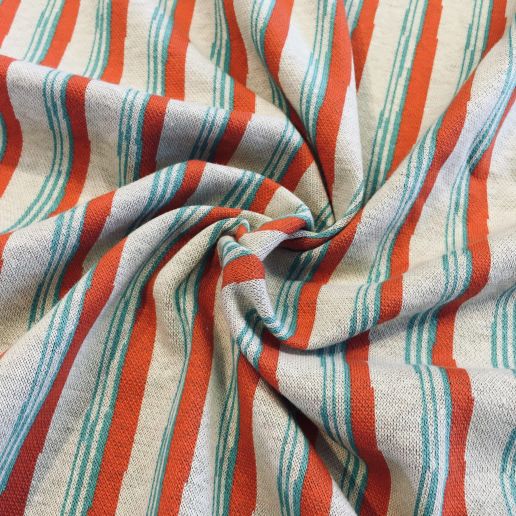
- Categories: GOTS, Organic/Natural
- Composition: 100% kbA Cotton
- Weigth: 250 g/sqm
- Uses: Apparel, Cotton fabrics, Jacquard
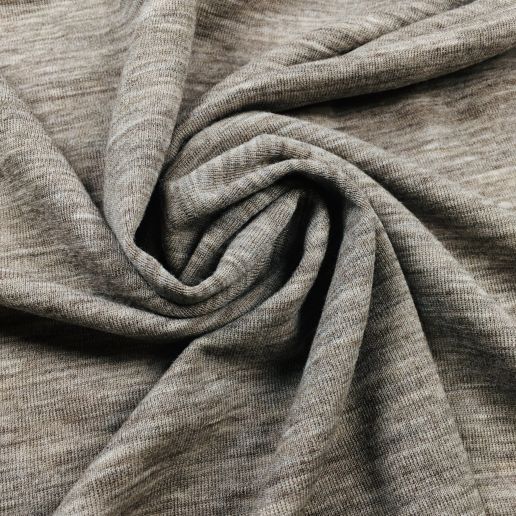
- Categories: GOTS, Organic/Natural
- Composition: 100% kbT Wool
- Weigth: 200 g/sqm
- Uses: Apparel
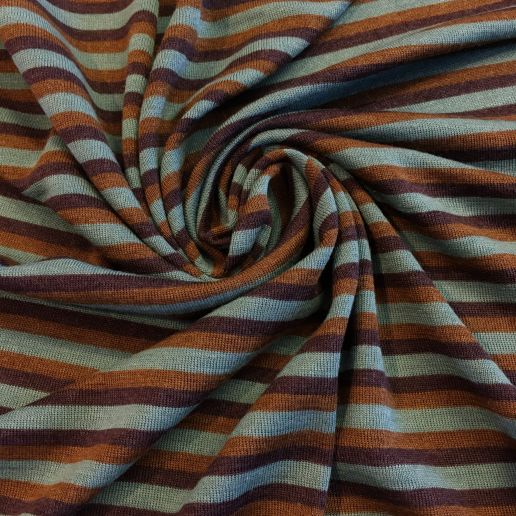
- Categories: GOTS, Organic/Natural
- Composition: 70% kbT Wool, 30% Silk
- Weigth: 180 g/sqm
- Uses: Apparel, Jersey fabrics, Wool fabrics
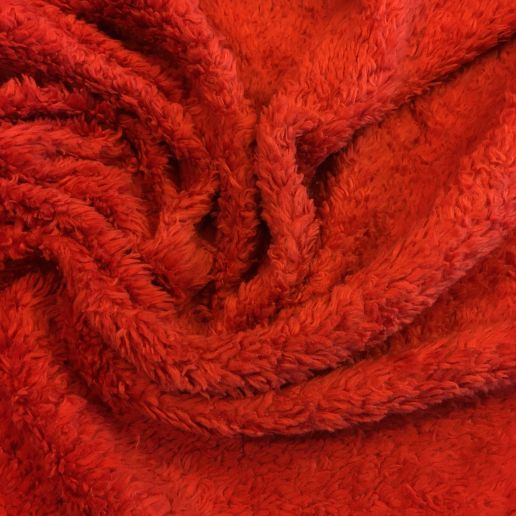
- Categories: GOTS, Organic/Natural
- Composition: 100% kbA Cotton
- Weigth: 380 g/sqm
- Uses: Apparel, Cotton, Plush & Teddy
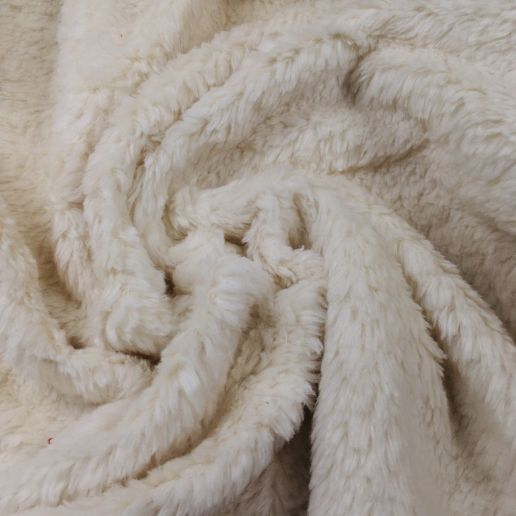
- Categories: GOTS, Organic/Natural
- Composition: 100% kbA Cotton
- Weigth: 380 g/sqm
- Uses: Apparel, Cotton fabrics, Plush & Teddy
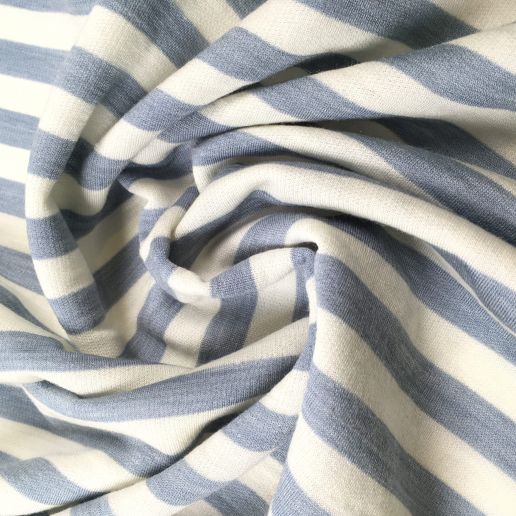
- Categories: GOTS, Regenerated Celulosics
- Composition: 70% kbT Wool, 30% Tencel®
- Weigth: 220 g/sqm
- Uses: Apparel, Regenerative Textiles, Wool fabrics
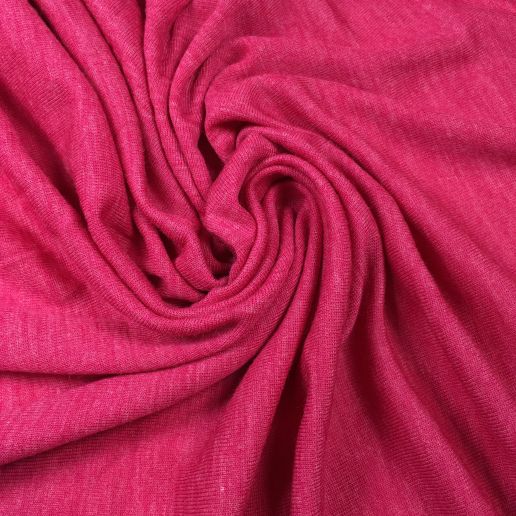
- Categories: GOTS, Regenerated Celulosics
- Composition: 70% kbT Wool, 30% Tencel®
- Weigth: 200 g/sqm
- Uses: Apparel, Jersey fabrics, Regenerative Textiles, Wool fabrics
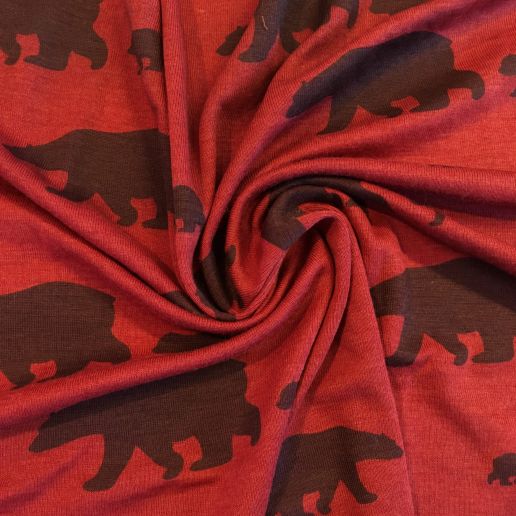
- Categories: GOTS, Organic/Natural
- Composition: 70% kbT Wool, 30% Silk
- Weigth: 180 g/sqm
- Uses: Apparel, Silk fabrics, Wool fabrics
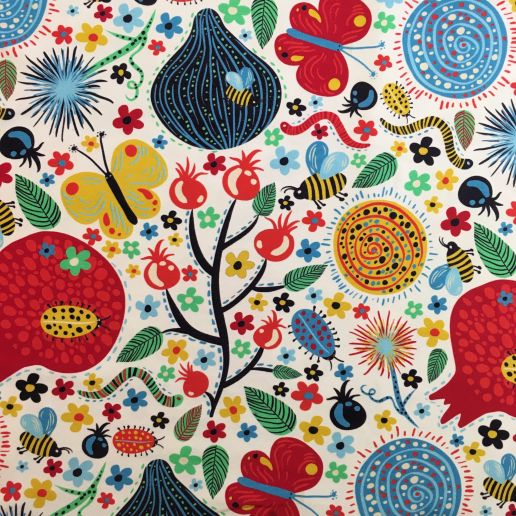
- Categories: GOTS, Organic/Natural
- Composition: 95% kbA Cotton, 5% Elastan
- Weigth: 200 g/sqm
- Speciality: Digital Druck
- Uses: Apparel, Cotton fabrics, Jersey fabrics
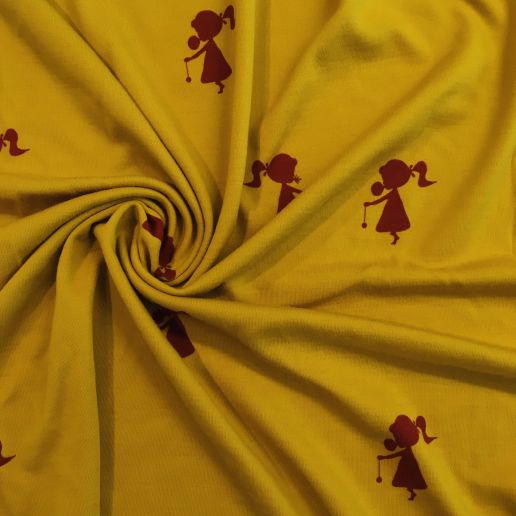
- Categories: GOTS, Organic/Natural
- Composition: 100% kbT Wolle
- Weigth: 220 g/sqm
- Uses: Apparel, Wool fabrics
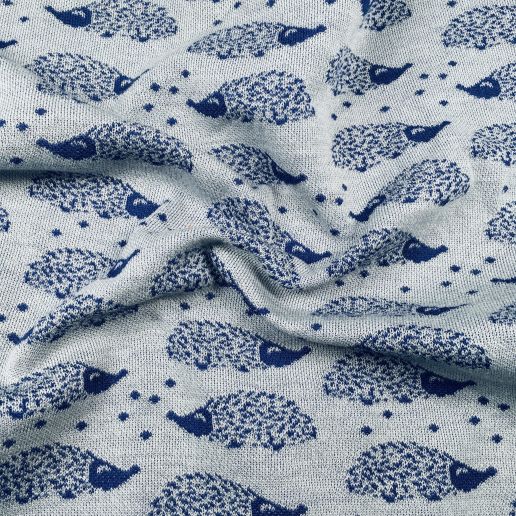
- Categories: GOTS, Organic/Natural
- Composition: 100% kbT Wolle
- Weigth: 220 g/sqm
- Uses: Apparel, Jacquard, Wool fabrics
————————————————————————–
Elissa Stampa
Turkish company Elissa Stampa bets on natural or recycled fabrics as well as regenerated textiles made of a cellulose based fibre produced in a closed cycle (at least 95%).
————————————————————————–
Sundag Heinrich
SUNDAGTEX by Heinrich Sundag stands for fashionable knitted fabrics in the field of natural textiles for 20 years already – qualities made of linen, hemp and kapok as well as blends of cotton with linen, hemp or nettle determine the collection.
————————————————————————–
Tejidos Royo
Spanish company Tejidos Royo is an expert in Spinning, Indigo Dyeing, Weaving, Piece dyeing & Special finishes. Their entire denim collection is dyed with DRYINDIGO and DRYBLACK. This means: ZERO WATER, reduction of chemical and engery usage.
————————————————————————–
Zeynar Mensucat
Zeynar Mensucat convinces with an annual production capacity of 4,680,000 kg (20% digital printing, 50% printing, 30% dyeing/washing). The lively and dynamic collection follows the philosophy of respect for nature using eco-friendly technologies.
- Categories: Regenerated Celulosics
- Composition: 5% Polyester, 90% Tencel®, 5% Elastan
- Weigth: 340 g/sqm
- Uses: Apparel, Jersey fabrics, Lenzing™ Technology
————————————————————————–
Enschede Textielstad by Annemieke Koster
Enschede Textielstad by Annemieke Koster
Until the 1970s, Enschede in the Netherlands, was one of Europe’s textile strongholds, along with Manchester. Then textile production gradually disappeared from the cityscape because it was much cheaper to produce clothes and textiles in low-wage countries. With this however, traceability, protection of workers and sustainability often fall by the wayside – which is why Enschede Textielstad was born out of Annemieke Koster’s desire to bring back transparency along the textile value chain and revive the city’s former traditions.
“I want to bring textiles back to Enschede and make it a city of textiles again – where professionals who still know the craftsmanship of yesteryear pull their knowledge and find innovative approaches. But then in a new, innovative collaboration.”
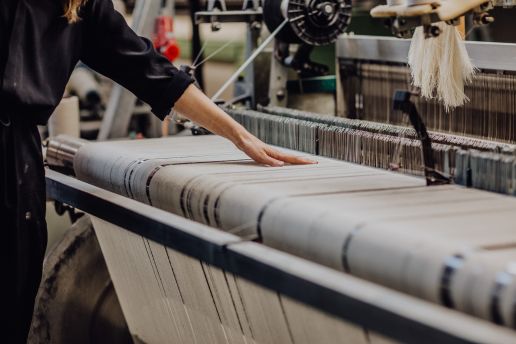
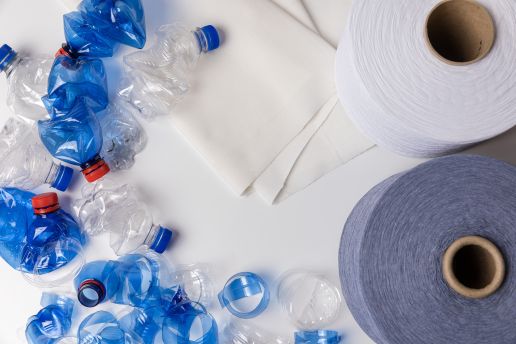
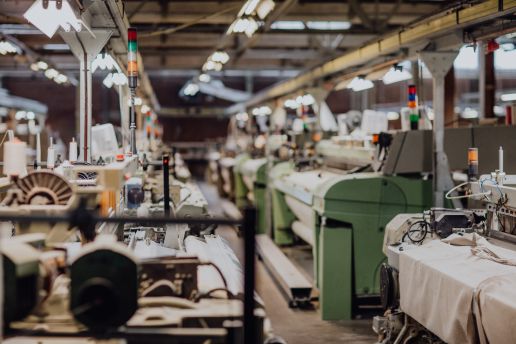
Local, natural, high quality: In the industrial weaving mill Enschede Textielstad, natural and as locally produced as possible yarns and fabrics for fashion and home textiles are created. The basis for this is formed by fair and environmentally friendly raw materials that are sourced exclusively from well-known suppliers: guaranteed Made in Europe – for shorter transportation routes and a smaller environmental footprint. Enschede Textielstad’s offers various options: Readymade fabrics produce bestsellers for direct purchase, Made To Order fabrics are woven but can be customised, or Custom Made fabrics for particularly individual ideas, new fabrics or for recycling product waste – so there is something to suit everyone.


